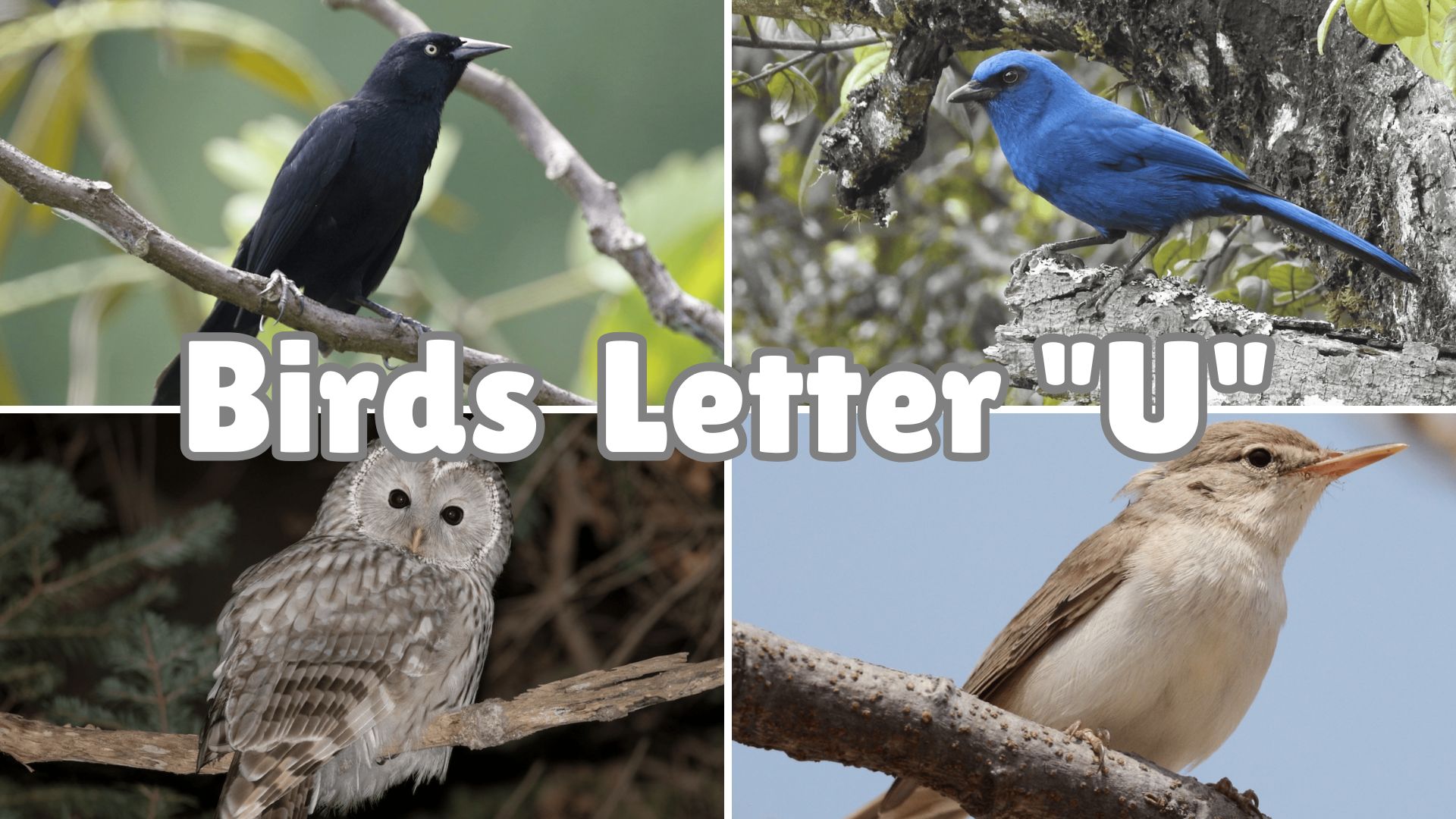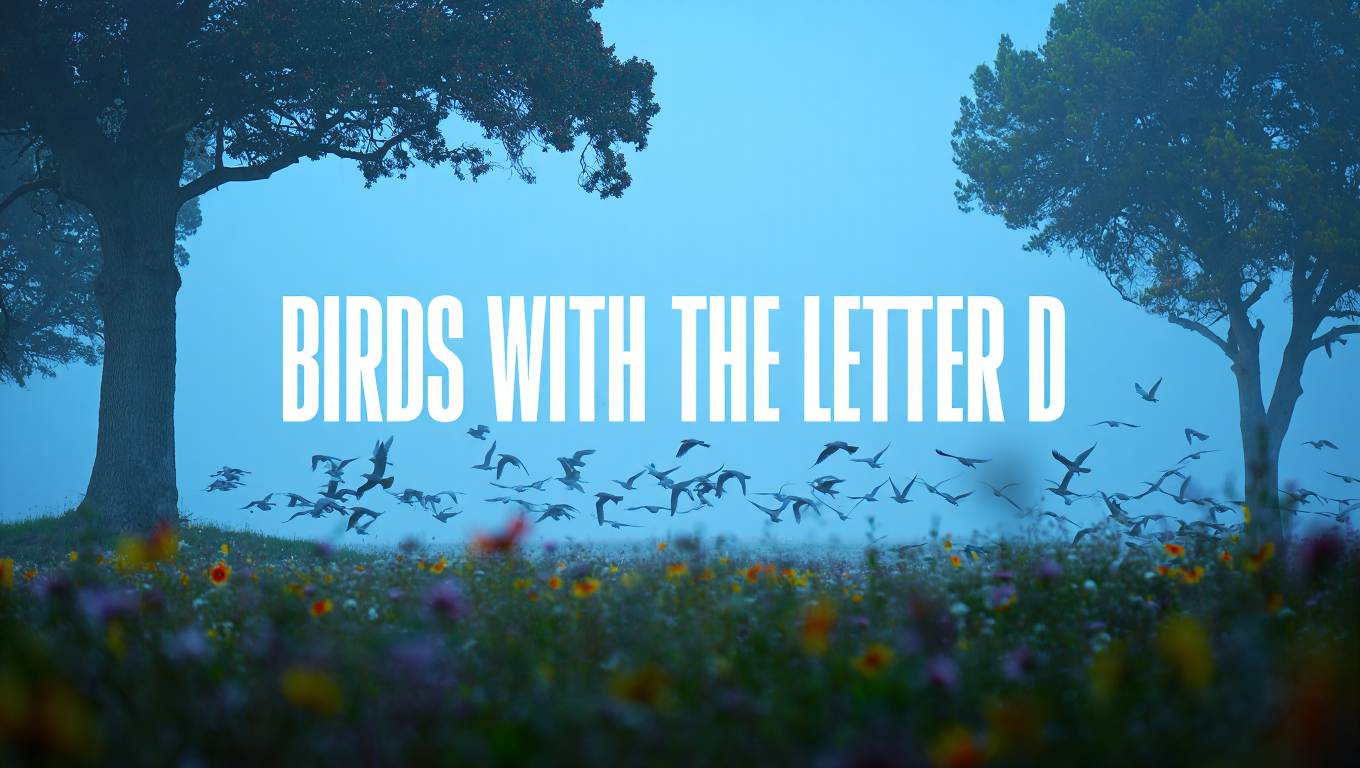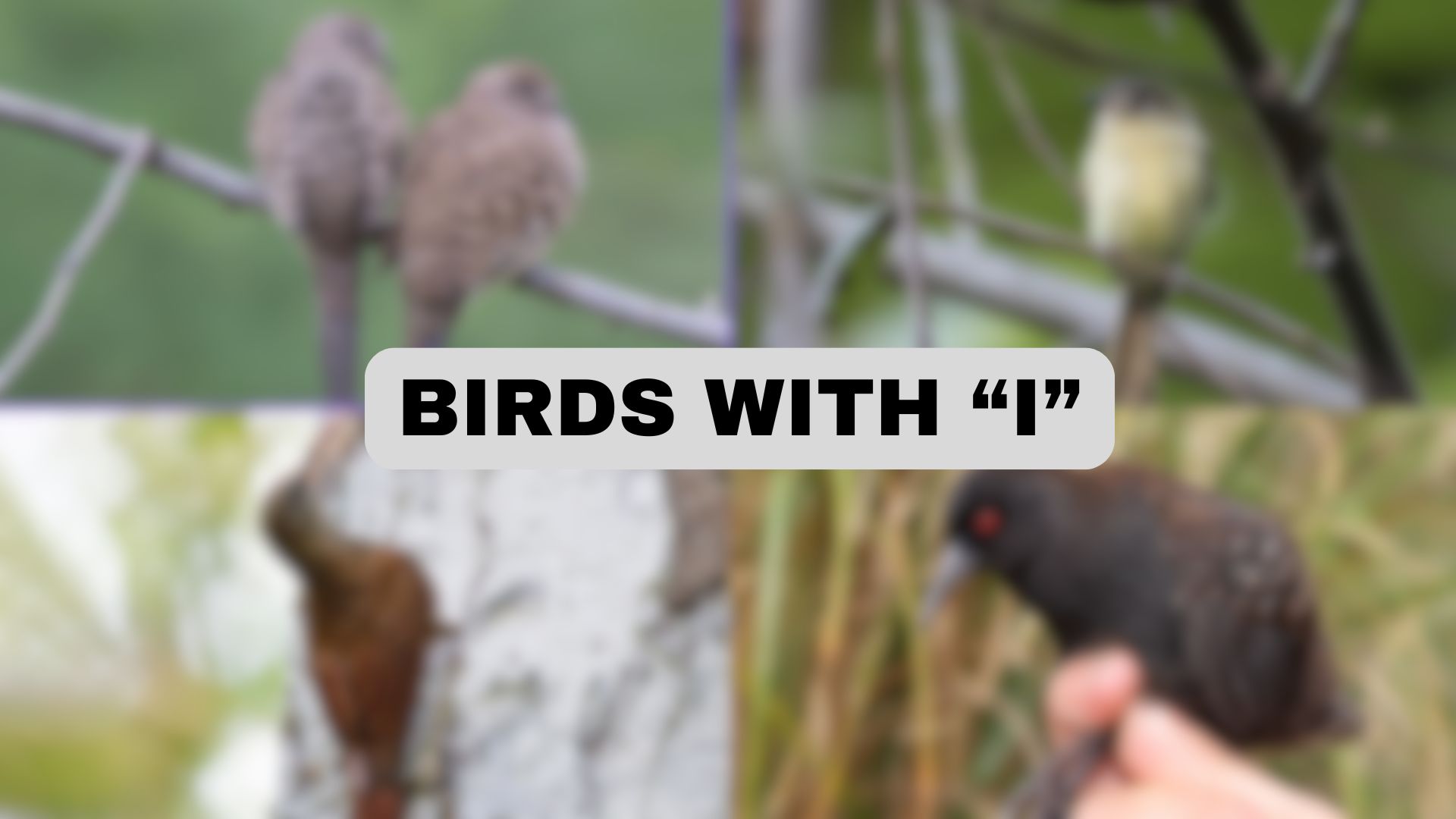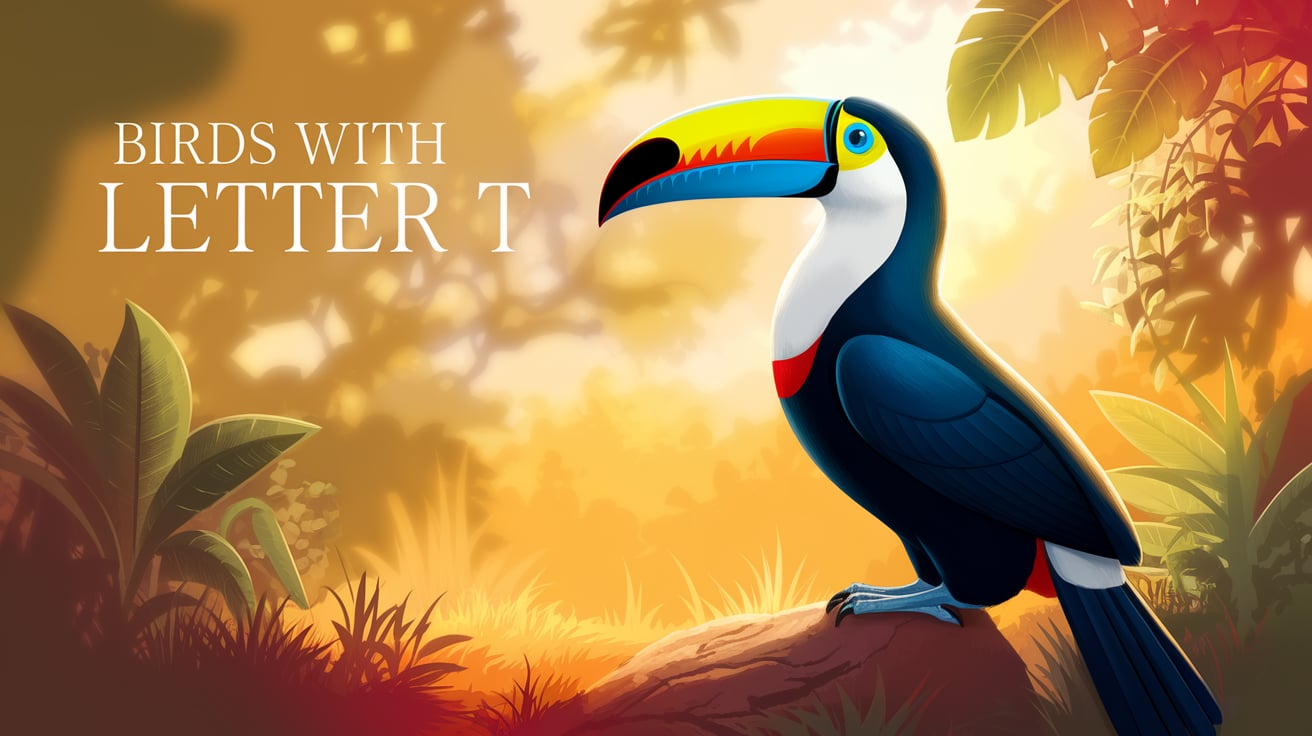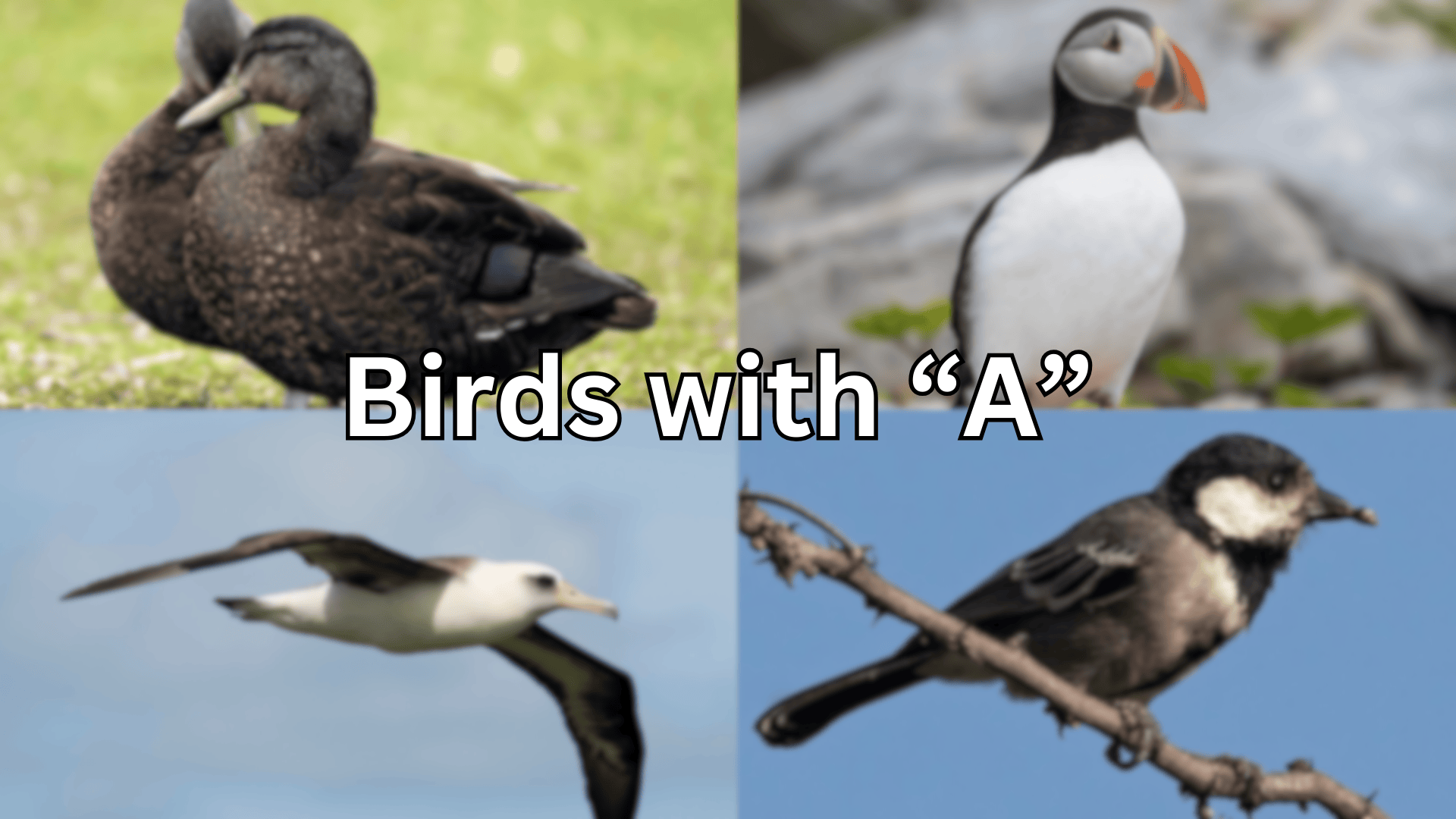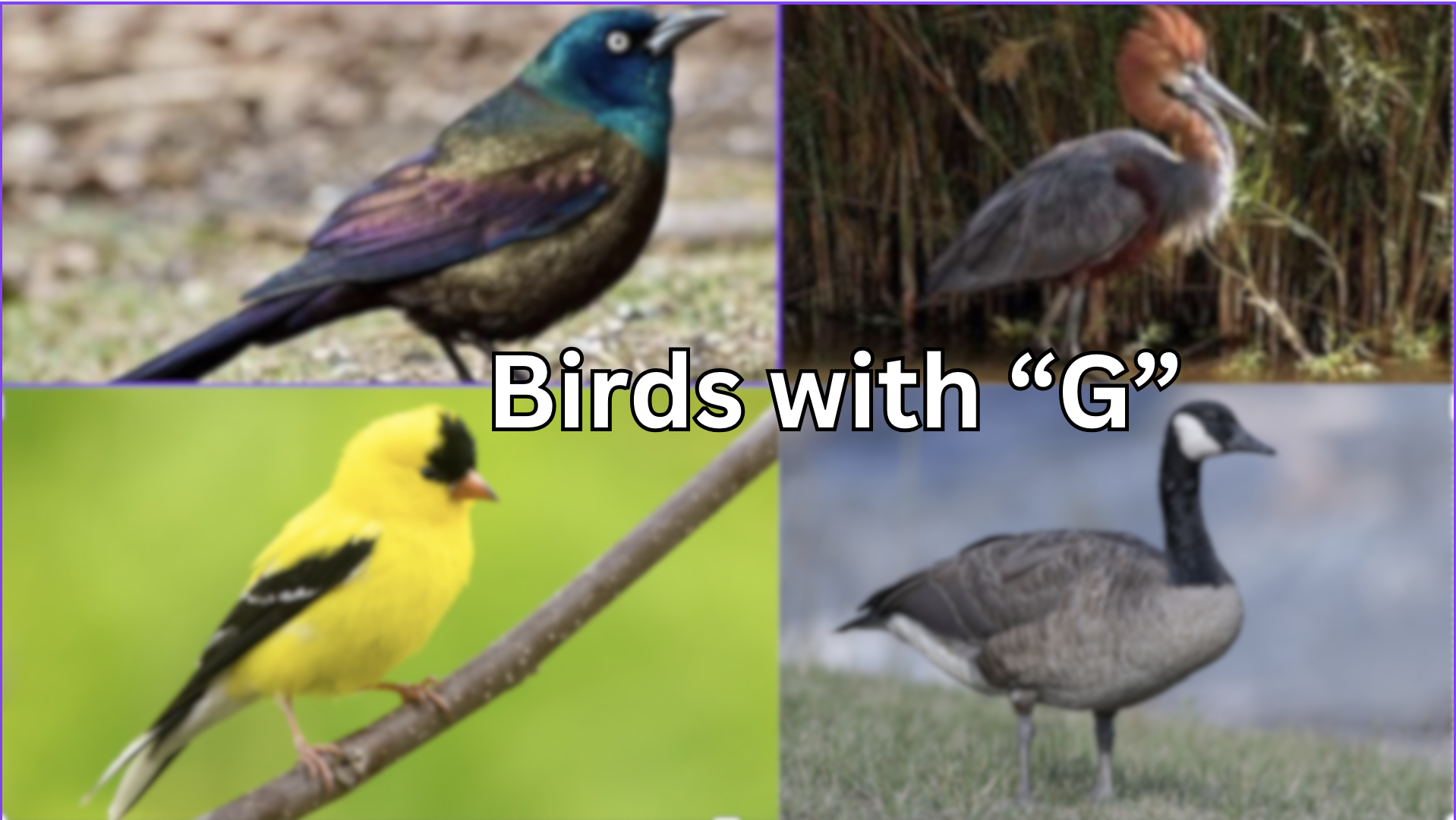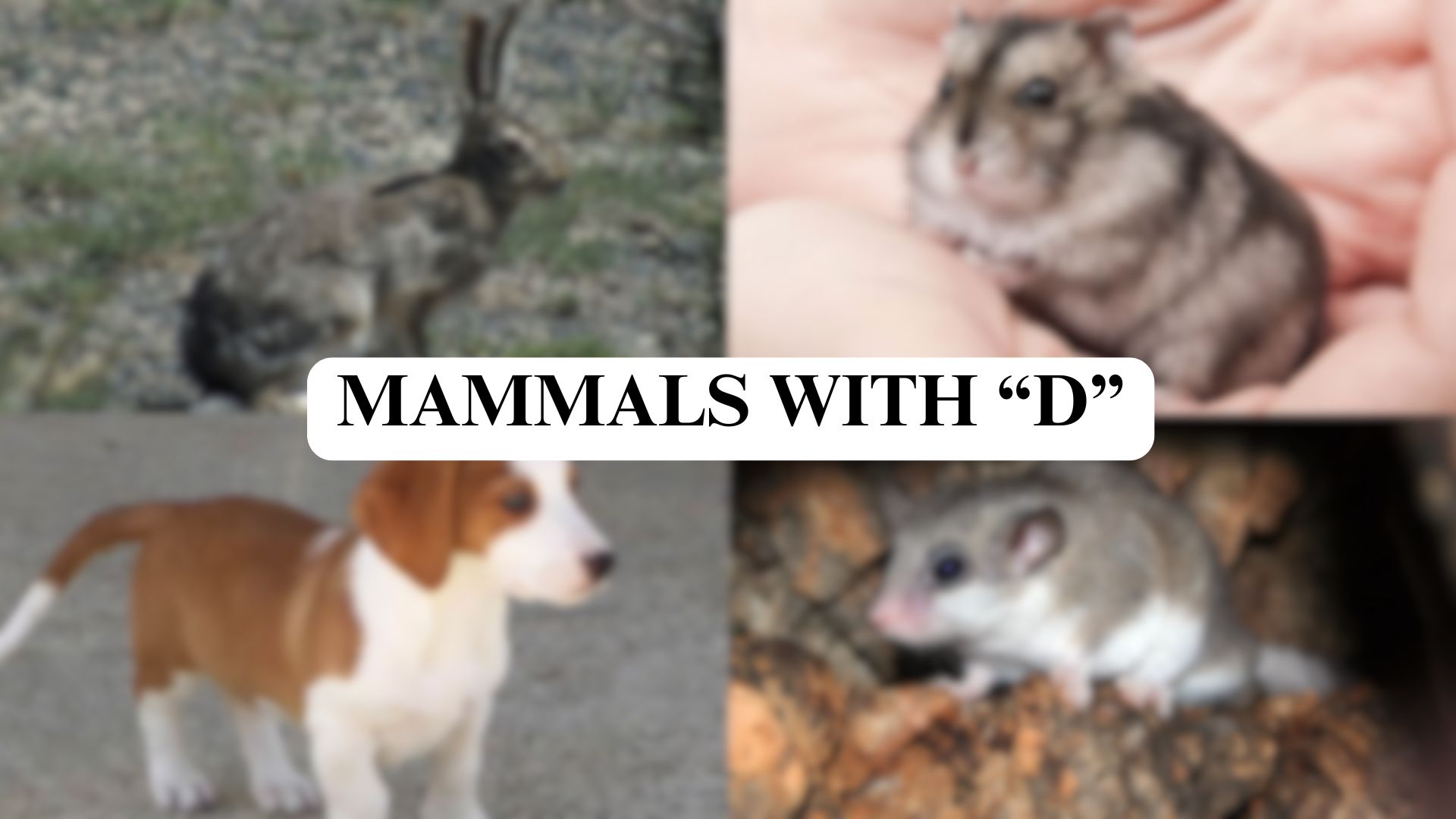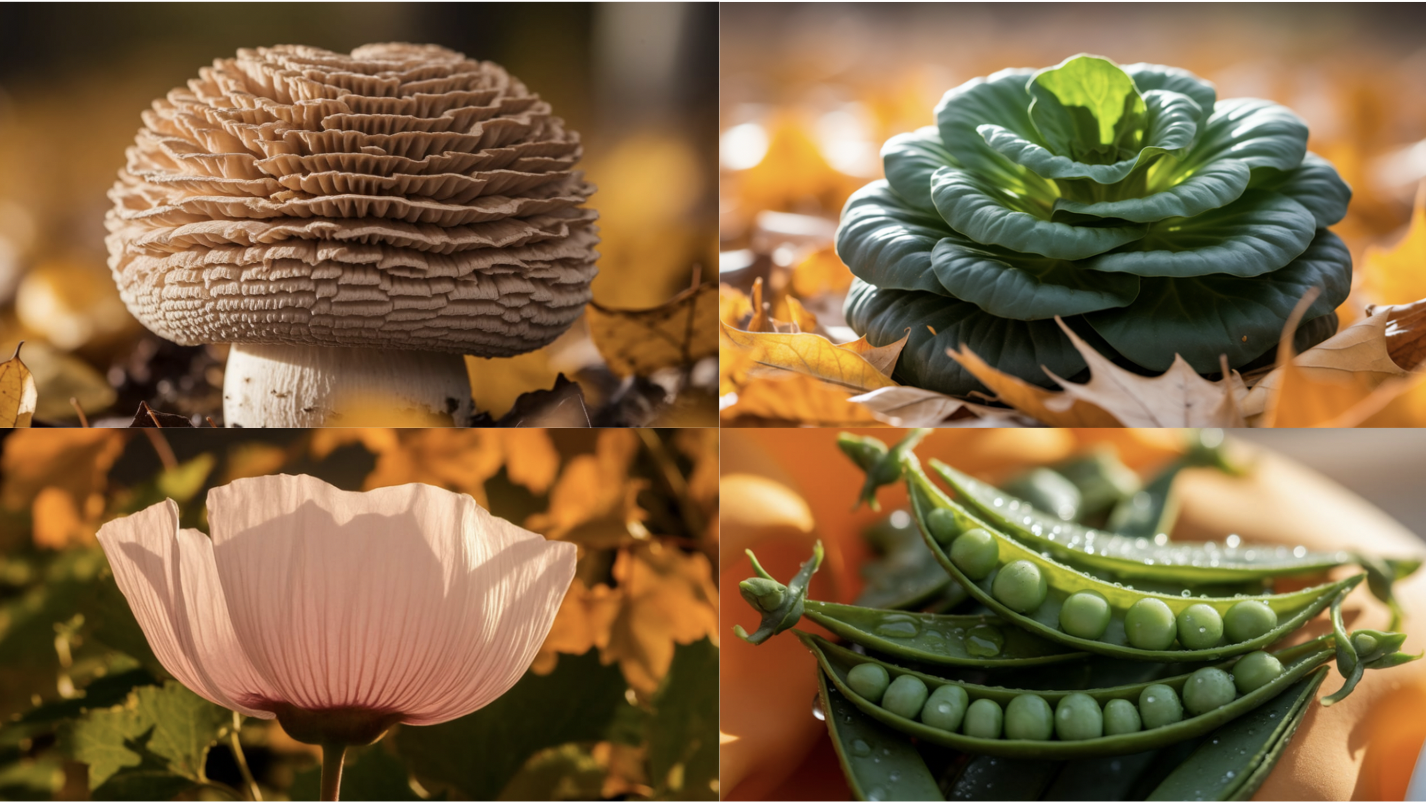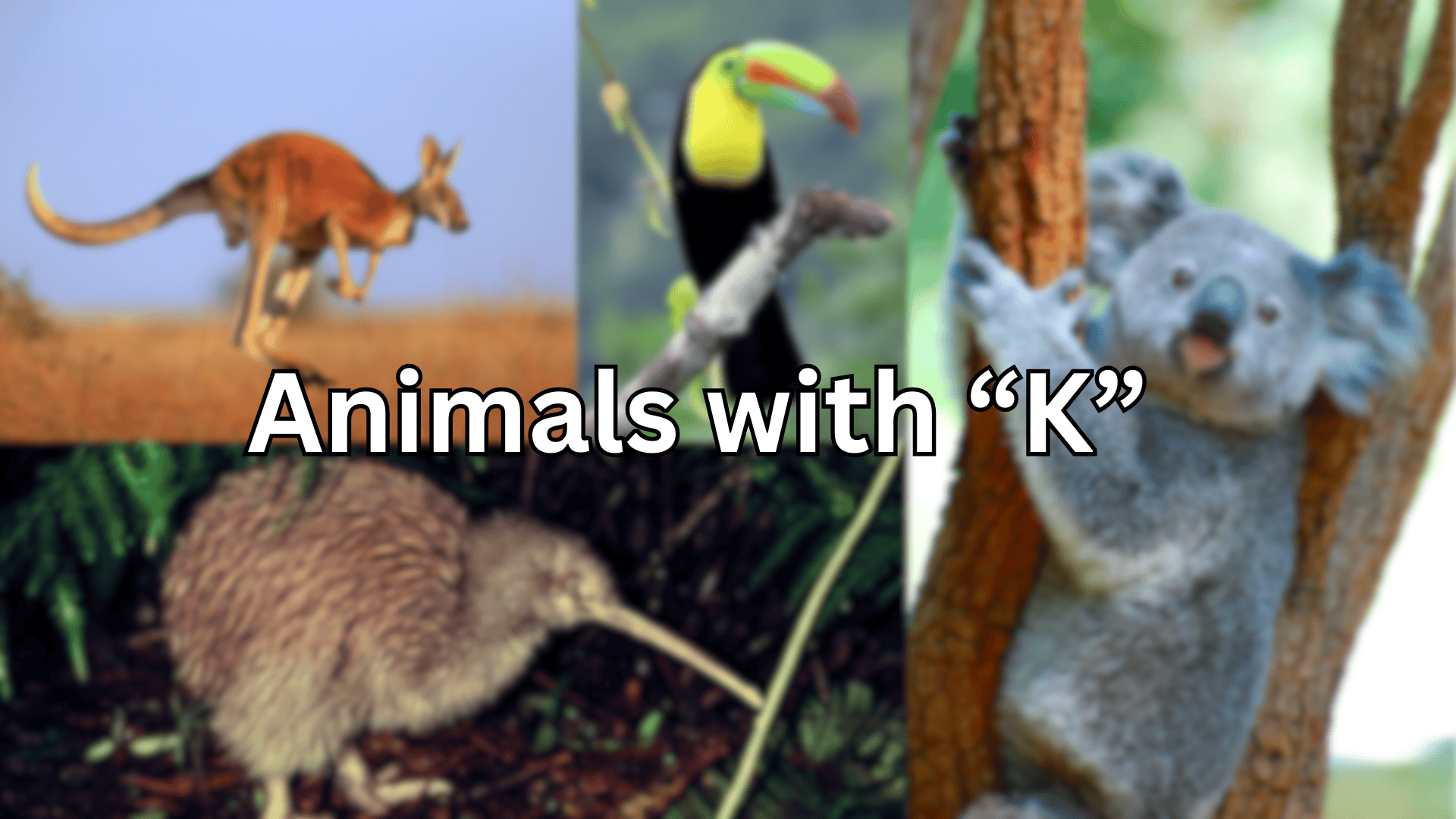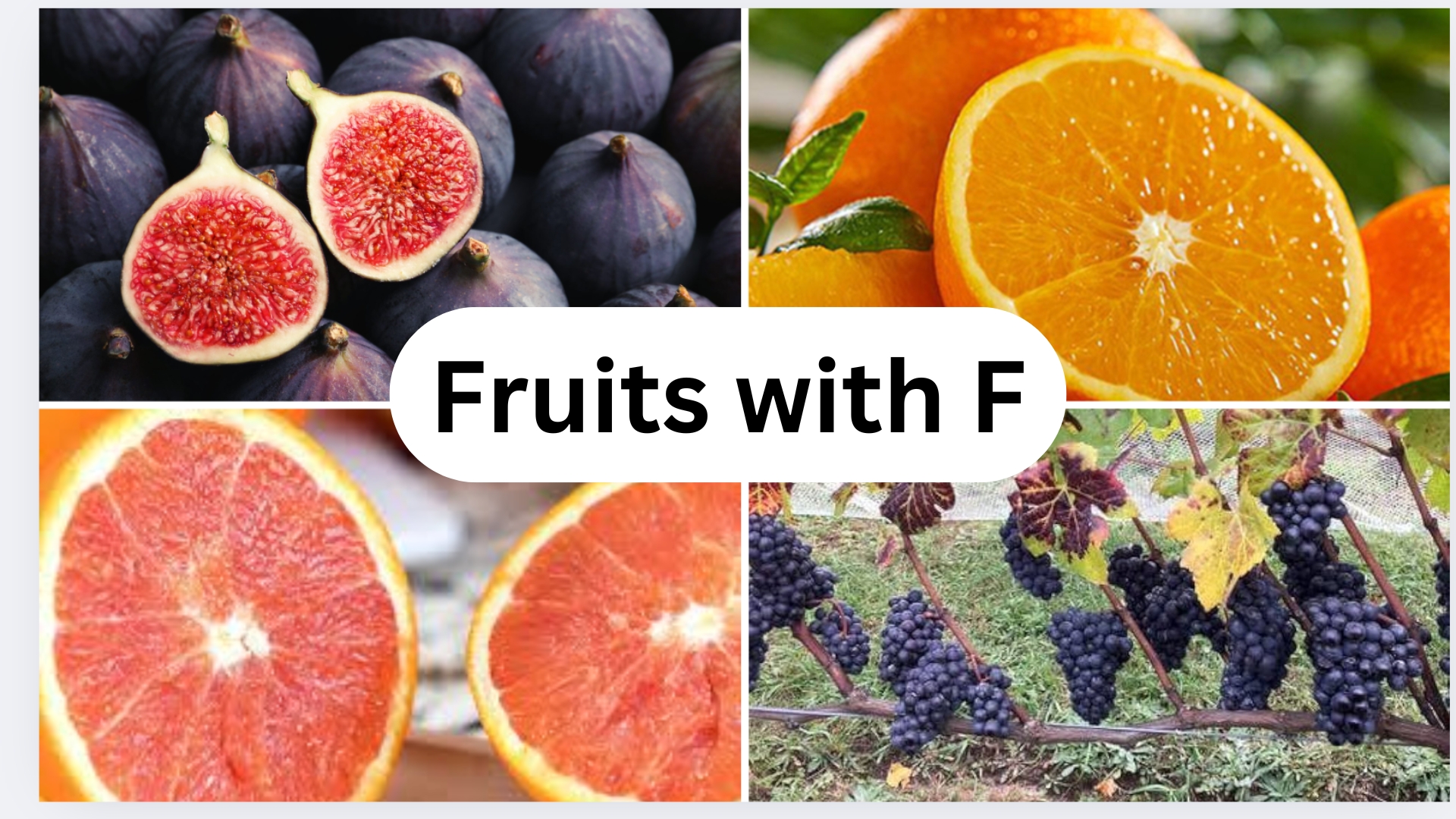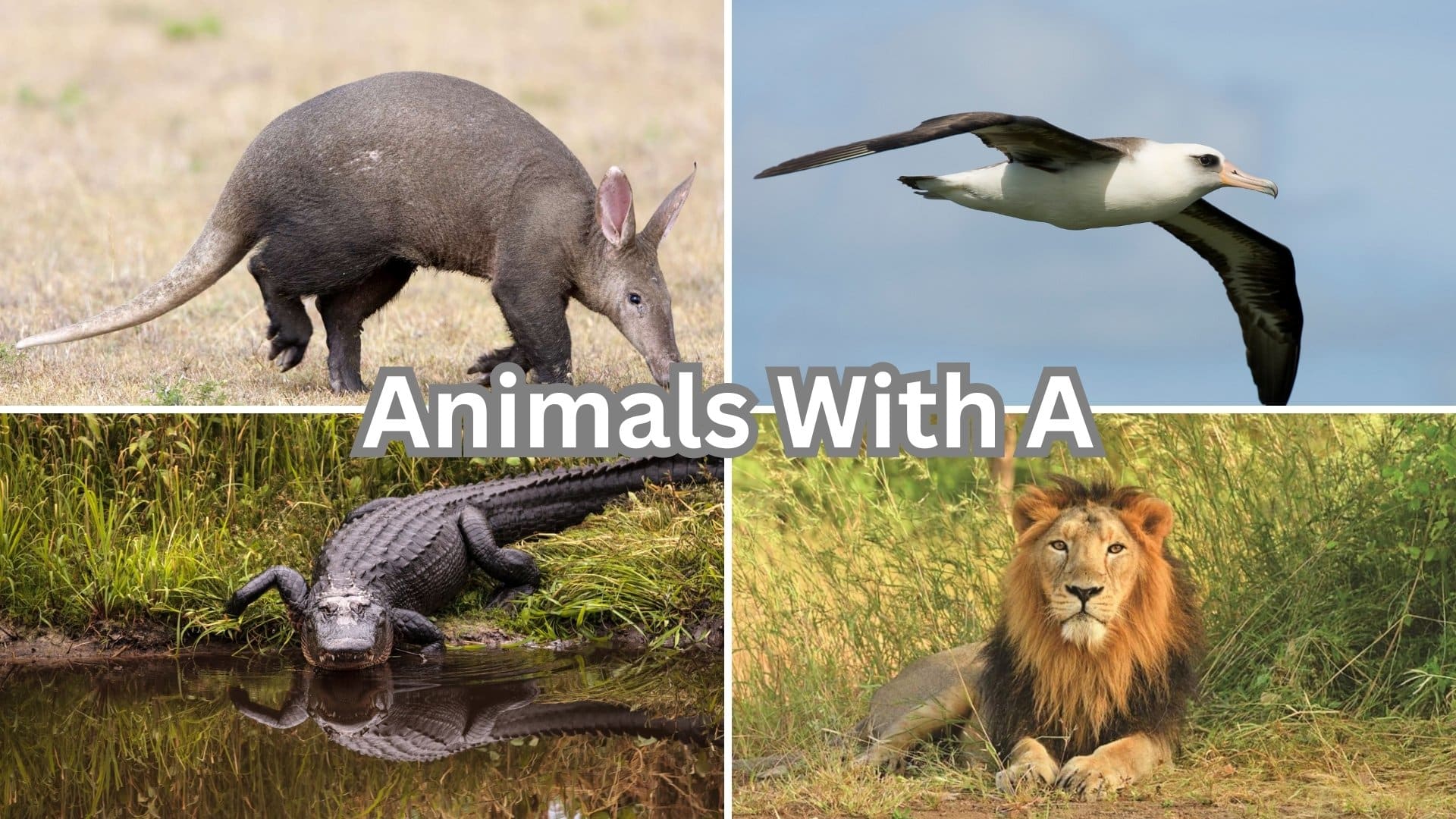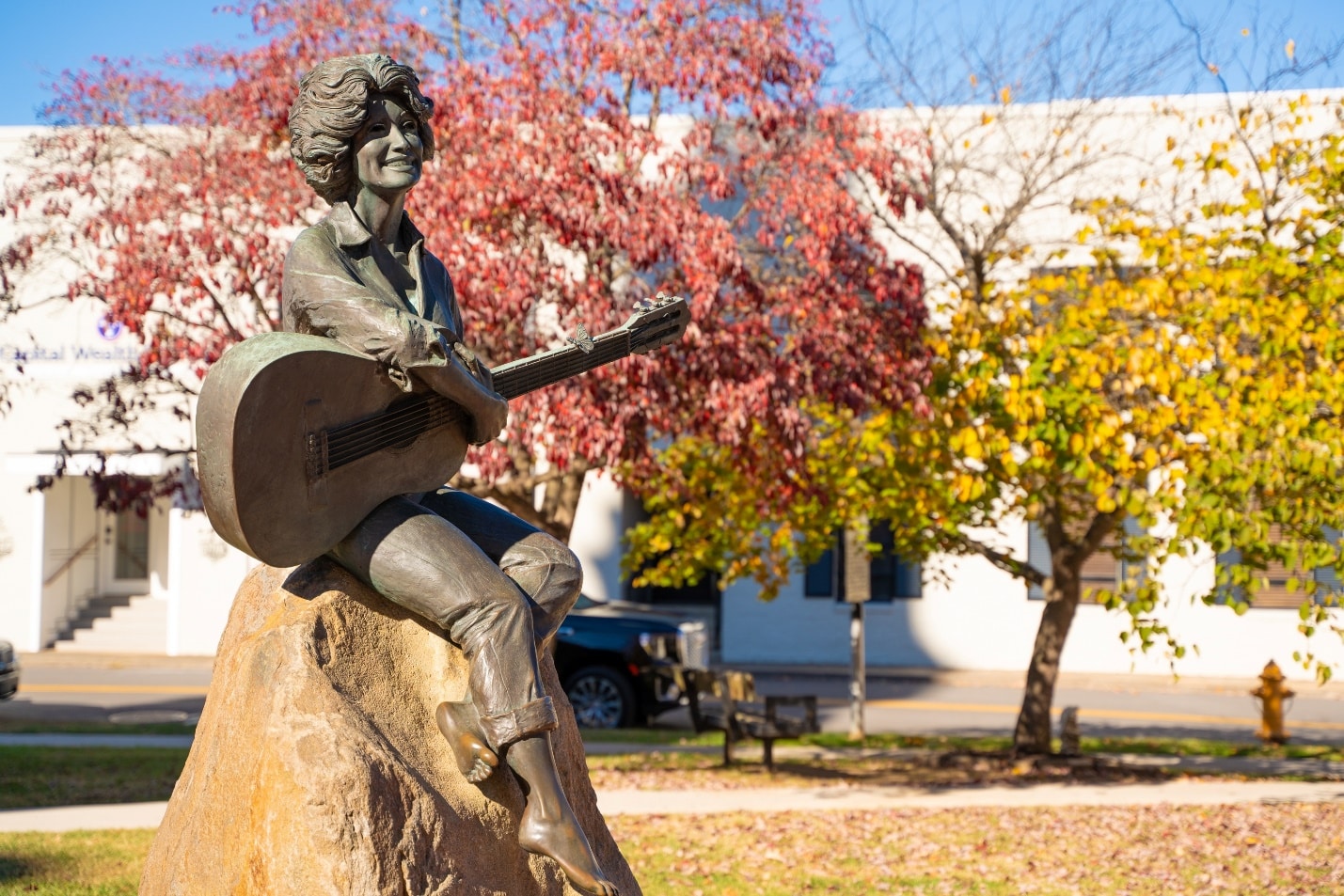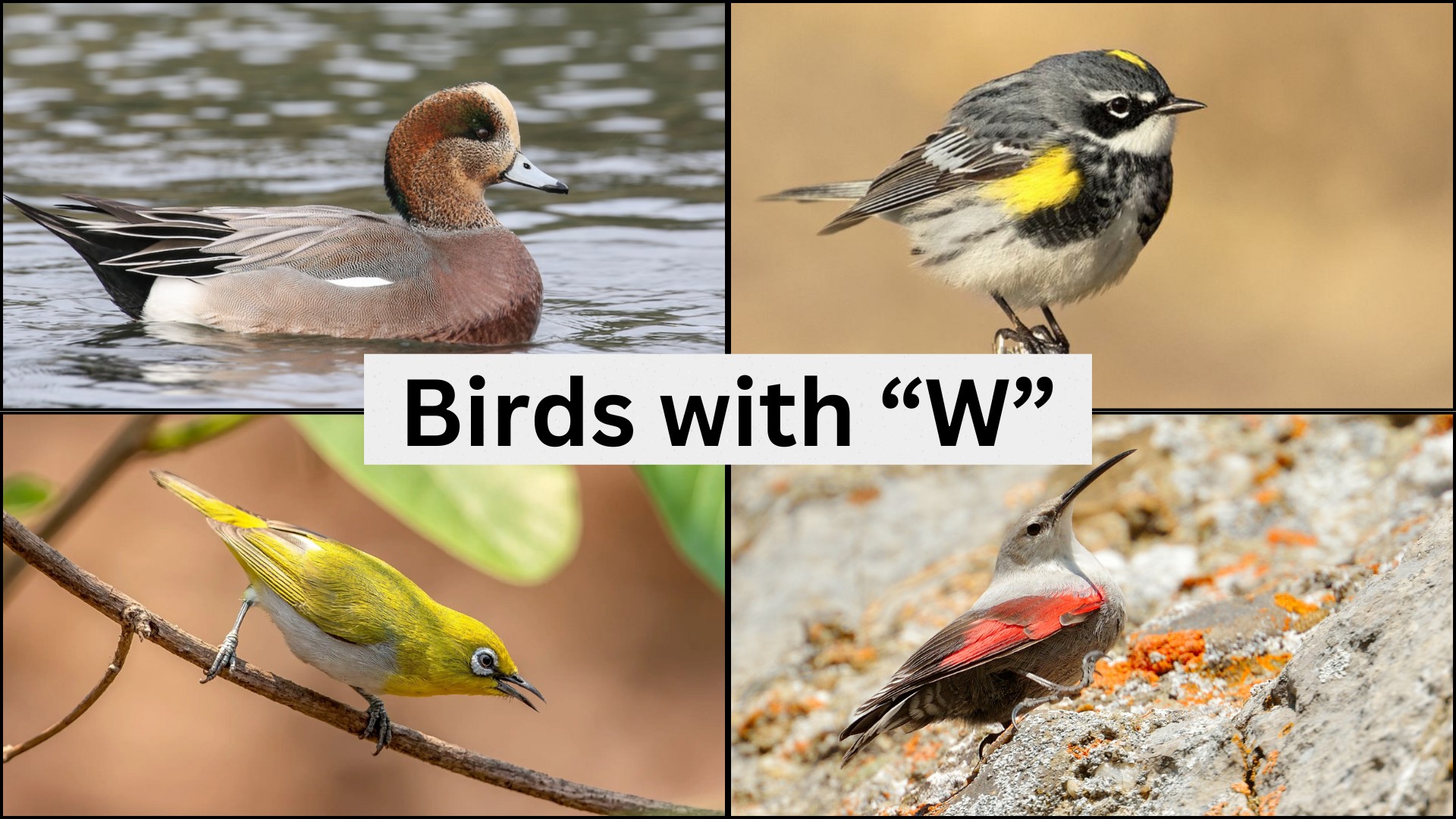
Looking for feathered friends whose names begin with W? Birds with W showcase some of nature’s most impressive creatures, from the melodic Woodlark to the hardworking Woodpecker!
These winged wonders live in many different environments around the world, each with unique behaviors, diets, and calls that make them special.
Birdwatchers and wildlife enthusiasts alike can appreciate the distinctive characteristics of Warblers, Wrens, and Whip-poor-wills.
From coastal Willets to forest-dwelling Woodcocks, these W-named birds will capture your imagination with their beauty and remarkable adaptations.
Get ready to be amazed by the colorful personalities and surprising habits of these wonderful W-named birds!
List of Birds with “W”
1. Wigeon (American Wigeon)
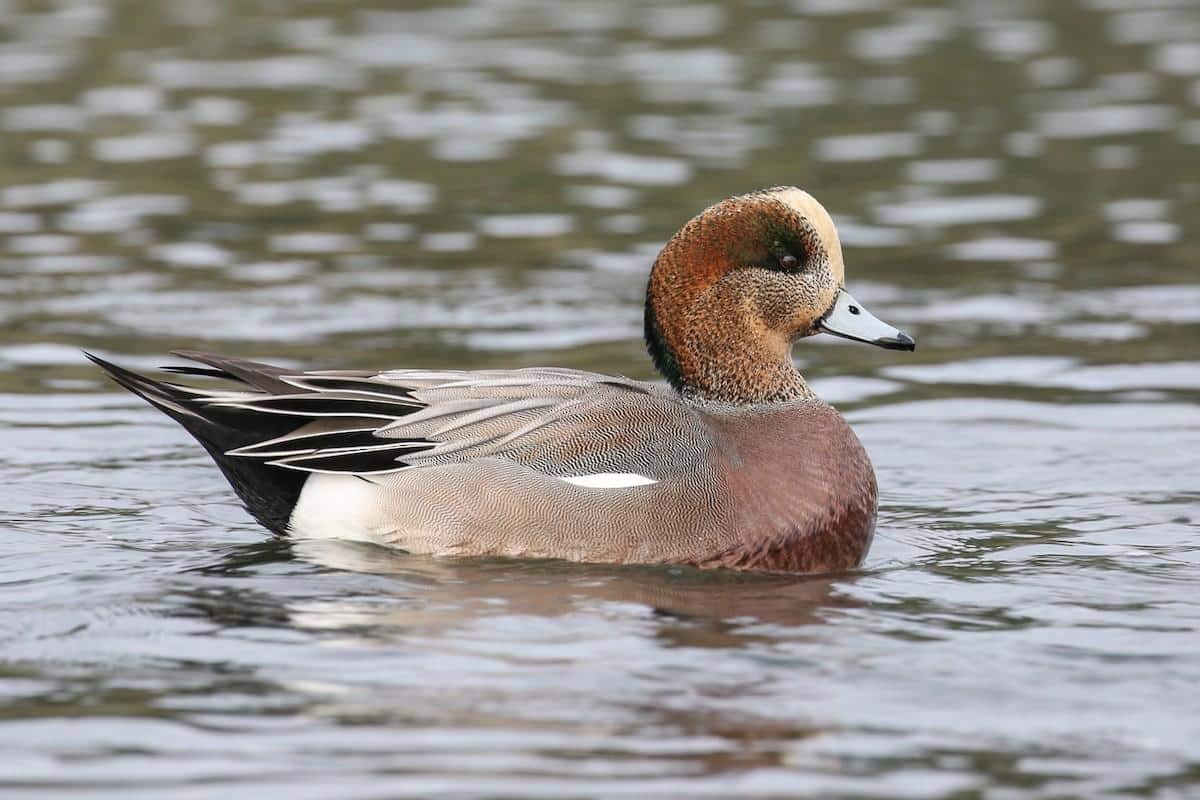
The American Wigeon is a medium-sized duck found in wetlands. It is known for its unique whistling calls.
It is commonly seen during migration, often in large flocks. These ducks are primarily grazers, feeding on grasses and aquatic plants.
- Region of Habitat: North America, particularly in wetlands and grasslands.
- Scientific Name: Mareca americana
- Feeding Habits: Primarily grazers, feeding on grasses, sedges, and aquatic plants.
- What Sound They Make: A soft whistling call, often described as a “wee-wee” sound.
- Fun Facts
The American Wigeon is also known as the “baldpate” due to the white crown on its head. During migration, Wigeons often form large flocks, making them a common sight in wetlands across North America.
During migration, the American Wigeon is usually seen grazing with other waterfowl, such as northern pintails and Mallards.
2. Woodpecker
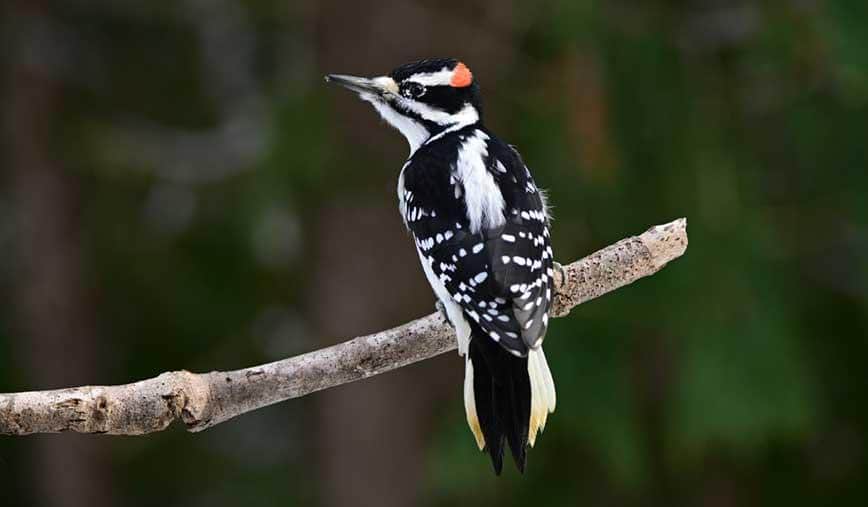
Woodpeckers are known for their drumming sound, which they make by pecking at trees to find insects.
They are highly skilled climbers and live in wooded areas worldwide. These birds play a crucial role in controlling insect populations.
- Region of Habitat: Found across North America, Europe, and Asia, particularly in forests and woodlands.
- Scientific Name: Various species, such as Picus viridis (Green Woodpecker)
- Feeding Habits: Primarily insectivorous, feeding on beetles, ants, and larvae by drilling into tree trunks.
- What Sound They Make: Drumming sounds from pecking and various sharp calls.
Fun Facts
Woodpeckers have specialized feet and stiff tails that help them balance while pecking at tree trunks. The Downy Woodpecker is one of the smallest species, measuring only about 6 to 7 inches long.
Some woodpecker species can peck up to 20 times per second without damaging their brains, thanks to their unique shock-absorbing skull structure.
3. Wren
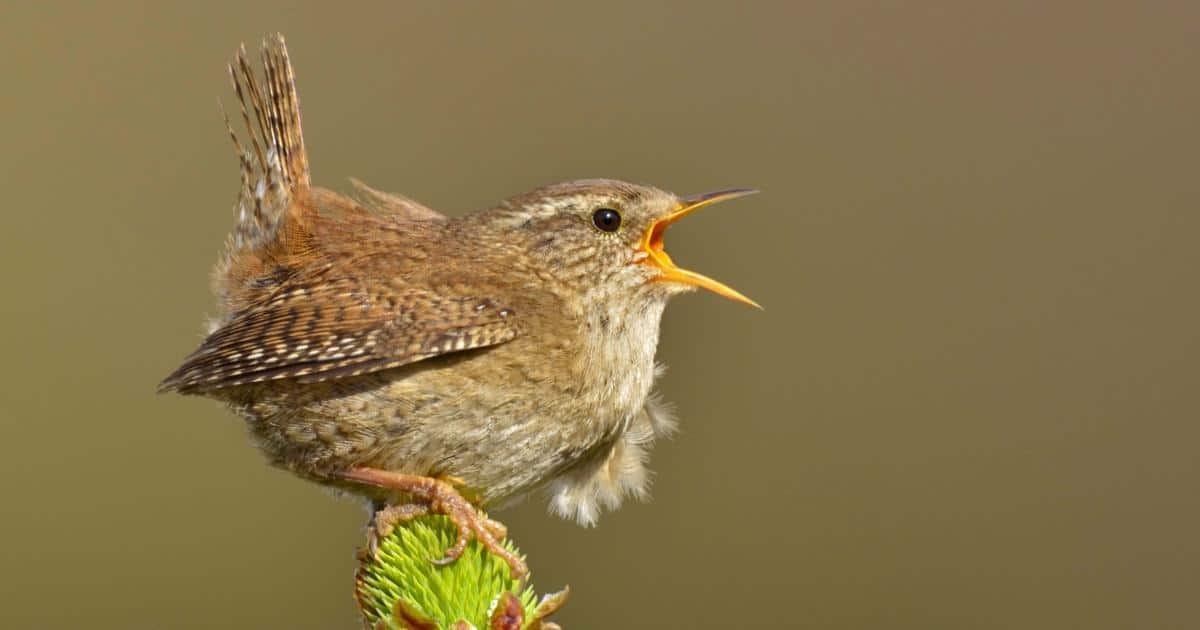
Wrens are small, energetic birds found in dense shrubbery. Despite their small size, they are known for their loud and varied songs. Wrens feed on insects and invertebrates found in undergrowth and trees.
- Region of Habitat: Found across North and South America, Europe, and Asia, often in dense, shrubby areas.
- Scientific Name: Troglodytes troglodytes (Eurasian Wren)
- Feeding Habits: They feed on insects, spiders, and small invertebrates found in the underbrush.
- What Sound They Make: High-pitched, rapid trill or chatter.
- Fun Facts
Wrens are known for their energetic and territorial behavior, often attacking much larger birds. Despite their small size, wrens have an incredibly loud and diverse range of songs.
The House Wren is one of the most widespread wrens in North America. It is known for building its nests in various locations, including birdhouses and mailboxes.
4. Warbler
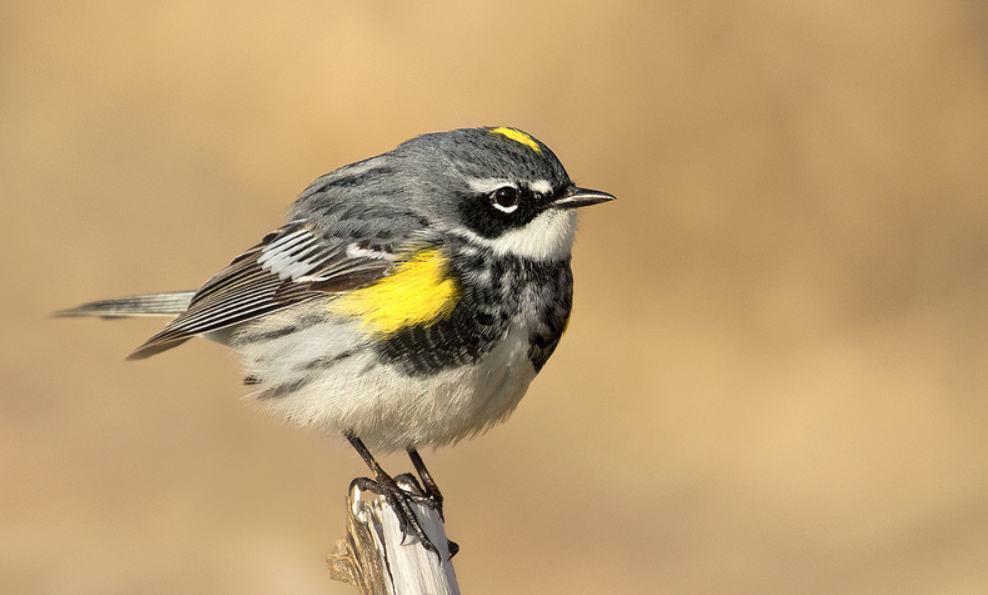
Warblers are small, brightly colored birds found in forests and woodlands. They are known for their melodic songs, especially during the breeding season. These birds primarily feed on insects and are often seen flitting between trees.
- Region of Habitat: North America, Europe, and parts of Asia, typically in forests and woodlands.
- Scientific Name: Various species, such as Setophaga petechia (Yellow Warbler)
- Feeding Habits: They feed on insects, caterpillars, and berries, often foraging in trees and shrubs.
- What Sound They Make: Musical, melodious songs often described as “sweet-sweet-sweet” calls.
Fun Facts
Warblers are migratory birds, often traveling long distances between breeding and wintering grounds. The Yellow Warbler is one of the most widespread and abundant warblers in North America.
The Worm-eating Warbler is known for its unique foraging behavior. It searches for insects and worms in the leaves of trees, often flipping them over with its bill.
5. Waxwing
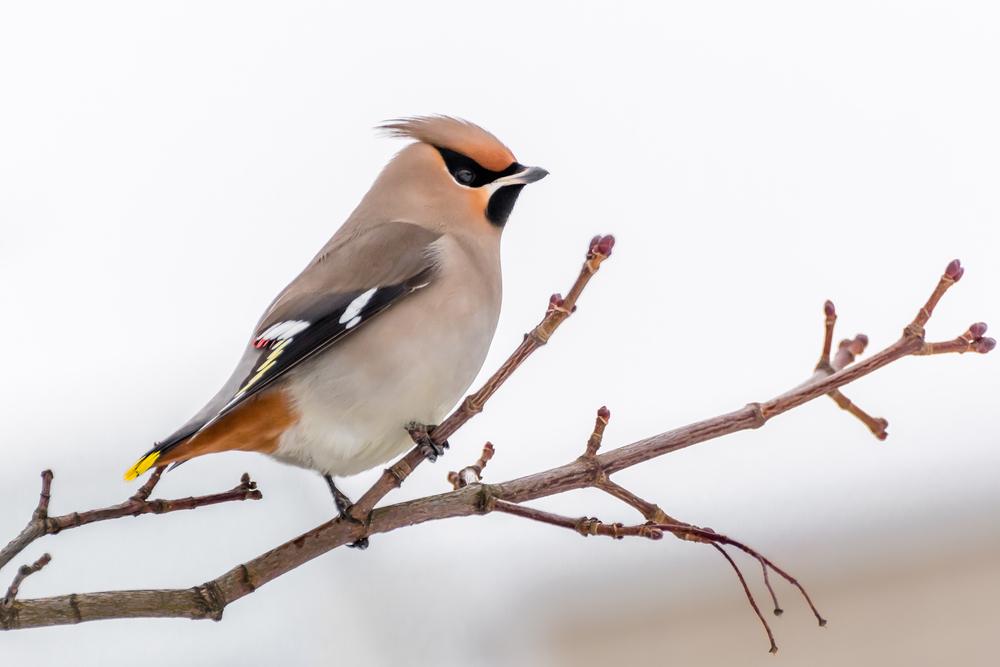
Waxwings are sleek, colorful birds often seen in large flocks during winter. They are primarily frugivorous, feeding on berries and fruits. Known for the wax-like tips on their feathers, waxwings are often seen perched in trees.
- Region of Habitat: North America, Europe, and Asia, mainly in forests and suburban areas.
- Scientific Name: Bombycilla cedrorum (Cedar Waxwing)
- Feeding Habits: Primarily frugivorous, feeding on berries and fruits, particularly in winter.
- What Sound They Make: Soft, high-pitched whistles.
- Fun Facts
Waxwings are named for the wax-like tips on their feathers, which resemble red sealing wax. They are highly social and often travel in large flocks, especially during winter.
Cedar Waxwings are known for their unique feeding behavior. They often pass food to one another in a cooperative feeding behavior within flocks.
6. Whip-poor-will
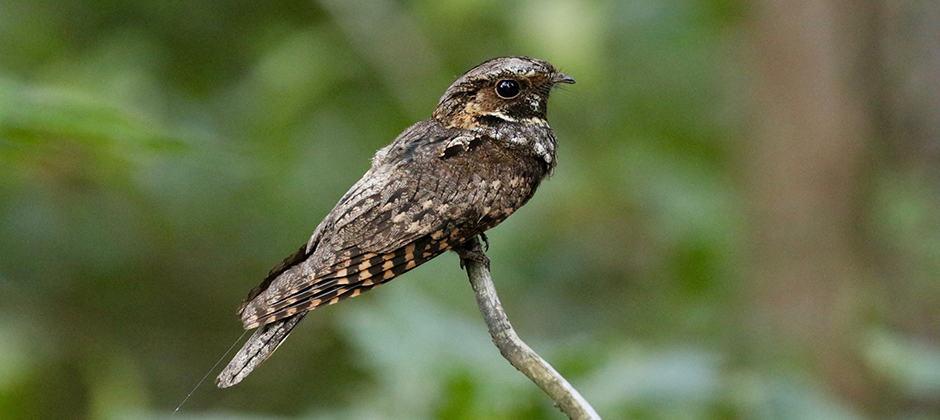
A nocturnal bird known for its repetitive and rhythmic “whip-poor-will” call. These birds are insectivorous and catch insects in flight, primarily moths. They are commonly found in wooded and scrubby areas of North America.
- Region of Habitat: Eastern and Central North America, in wooded and scrubby areas.
- Scientific Name: Antrostomus vociferus
- Feeding Habits: Insectivorous; they catch insects in flight, mainly moths and beetles.
- What Sound They Make: A loud “whip-poor-will” call, often repeated several times.
Fun Facts
The Whip-poor-will is known for its repetitive and rhythmic “whip-poor-will” call, especially during the breeding season. This bird is a master of camouflage and can blend seamlessly into its forested environment when resting.
Whip-poor-wills are primarily nocturnal, making them most active during the night when they hunt for insects in flight.
7. White-eye
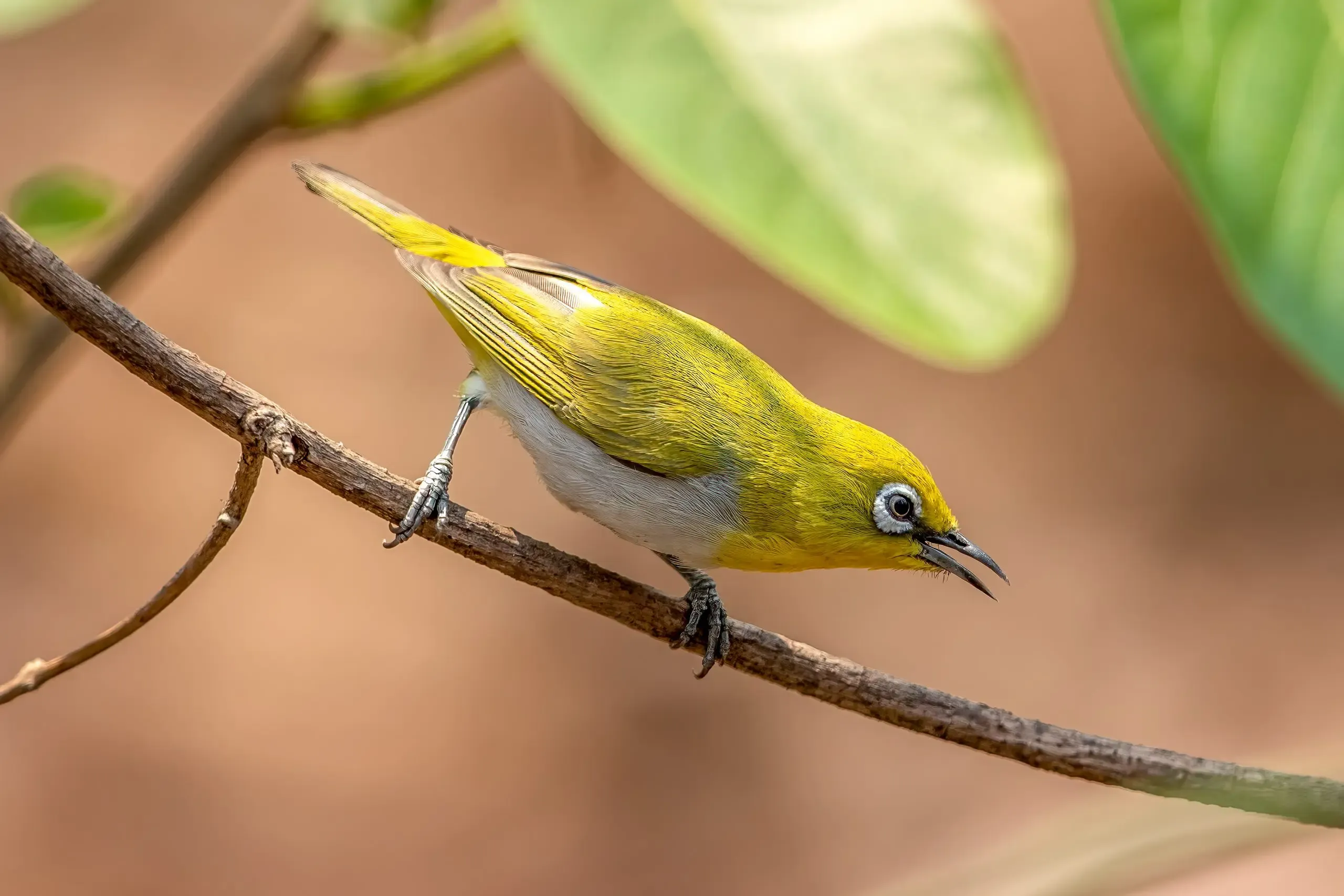
The White-Eyed vulture is a small, olive-colored bird found in forests and gardens. It is known for the distinctive white ring around its eyes. White-eyed vultures feed on fruits, nectar, and insects and are often seen hopping between branches.
- Region of Habitat: Native to Asia, Australia, and parts of Africa, typically in forests and gardens.
- Scientific Name: Zosterops japonicus (Japanese White-eye)
- Feeding Habits: Primarily frugivorous, feeding on fruits, nectar, and small insects.
- What Sound They Make: High-pitched chirps and trills.
- Fun Facts
The White-eye is named for the distinct white ring around its eyes, which gives it a “spectacled” look. These birds are highly social and often form large flocks, especially in the winter.
White-eyes are often seen in pairs or small groups, hopping from tree to tree in search of food, and they play a crucial role in pollination.
8. Whimbrel
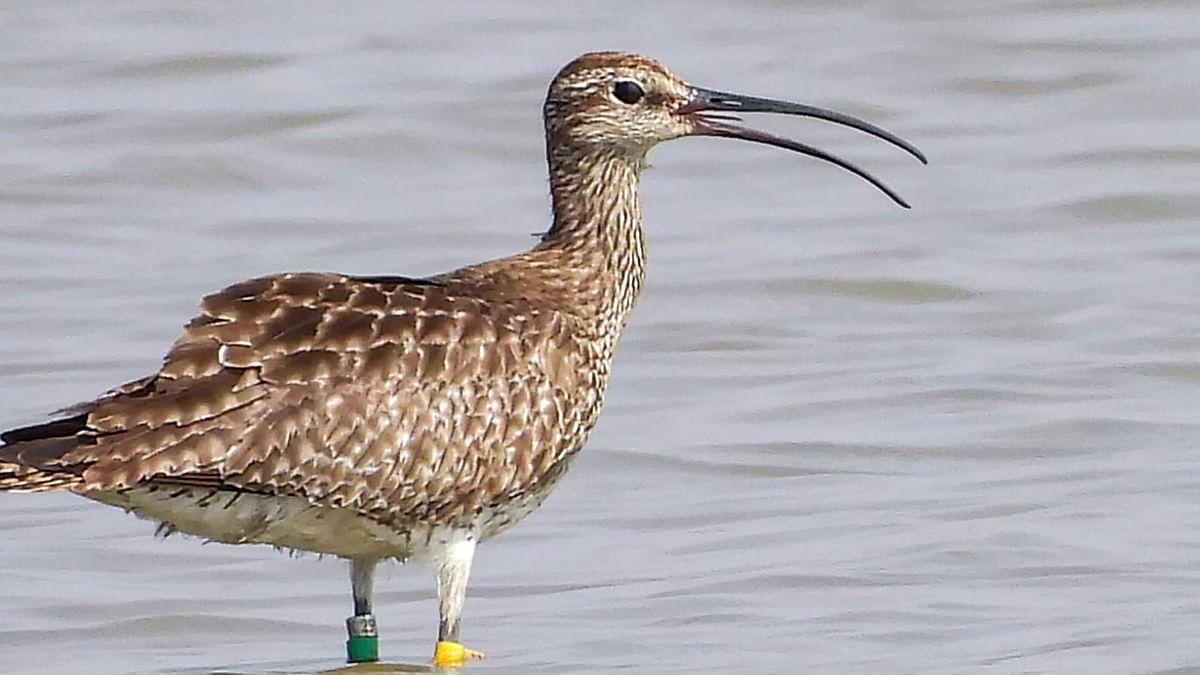
A migratory shorebird with long legs and a distinctive, down-curved bill. Whimbrels are often found in coastal areas, feeding on marine invertebrates. Their call is a loud, melodious whistle, frequently heard during migration.
- Region of Habitat: Coastal areas of North America, Europe, and Africa.
- Scientific Name: Numenius phaeopus
- Feeding Habits: Primarily carnivorous, feeding on crabs, worms, and other marine invertebrates.
- What Sound They Make: A melodious whistle, often described as a “kleeek-kleeek” call.
Fun Facts
Whimbrels are known for their long migrations, traveling from breeding grounds in North America to wintering areas in South America.
The Whimbrel’s bill is specially adapted for probing into the sand to catch small invertebrates, especially crabs.
9. Willet
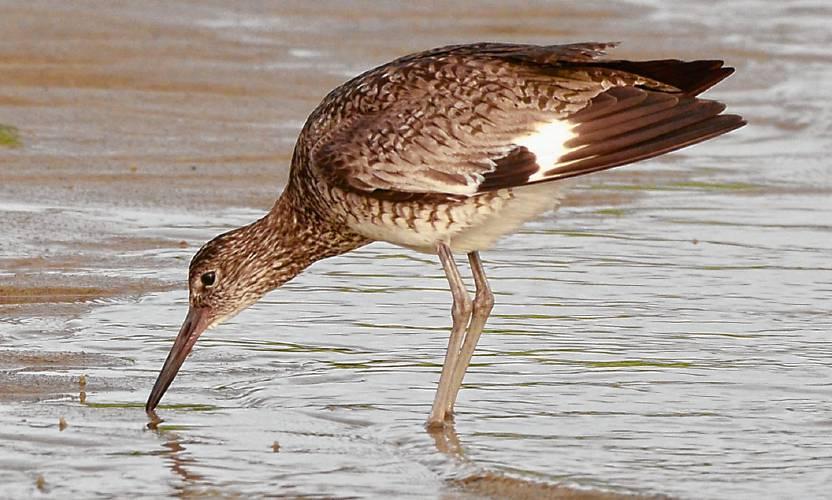
Willets are large shorebirds found in coastal areas. They are recognizable by their long legs and slightly upturned bills. These birds are often seen wading in shallow water, foraging for small fish and invertebrates.
- Region of Habitat: Coastal areas of North America, particularly along mudflats and beaches.
- Scientific Name: Tringa semipalmata
- Feeding Habits: Primarily carnivorous, feeding on fish, crustaceans, and other invertebrates.
- What Sound They Make: A loud, harsh “pill-will-willet” call.
Fun Facts
Willets are known for their long, loud calls, which can often be heard over long distances. These birds have an impressive ability to navigate large distances during migration.
Willets are strong fliers and are often seen migrating in flocks across long distances, especially during the fall.
10. Woodcock
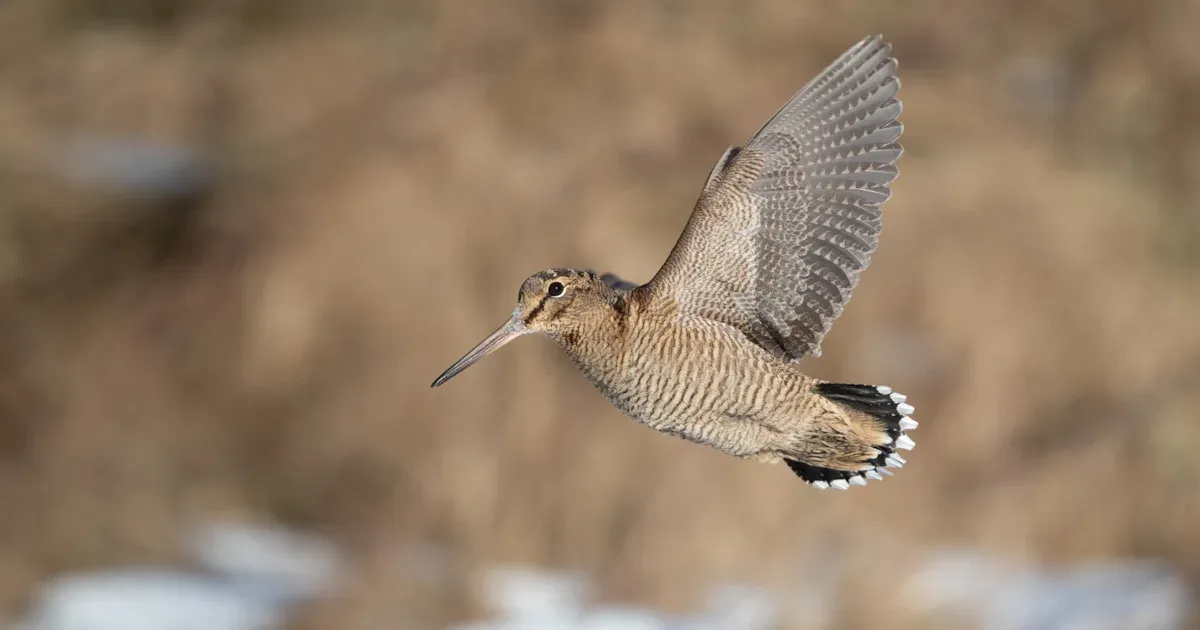
The Woodcock is a medium-sized bird with a long bill and large eyes. It is commonly found in woodlands and grasslands, where it forages for earthworms and insects. Known for its erratic flight, the woodcock can be challenging to spot.
- Region of Habitat: Woodlands, grasslands, and wetlands in North America and parts of Europe.
- Scientific Name: Scolopax minor
- Feeding Habits: They feed on earthworms, insects, and small invertebrates found in the soil.
- What Sound They Make: A series of nasal whistles and a distinctive “peent” during flight.
Fun Facts
Woodcocks are known for their aerial display during mating season, when they perform a spiraling flight that is a sight to behold. These birds have highly specialized vision, allowing them to detect movement in low-light conditions.
The Woodcock’s long bill allows it to probe deep into the soil to find earthworms and other invertebrates, which make up the majority of its diet.
11. Wallcreeper
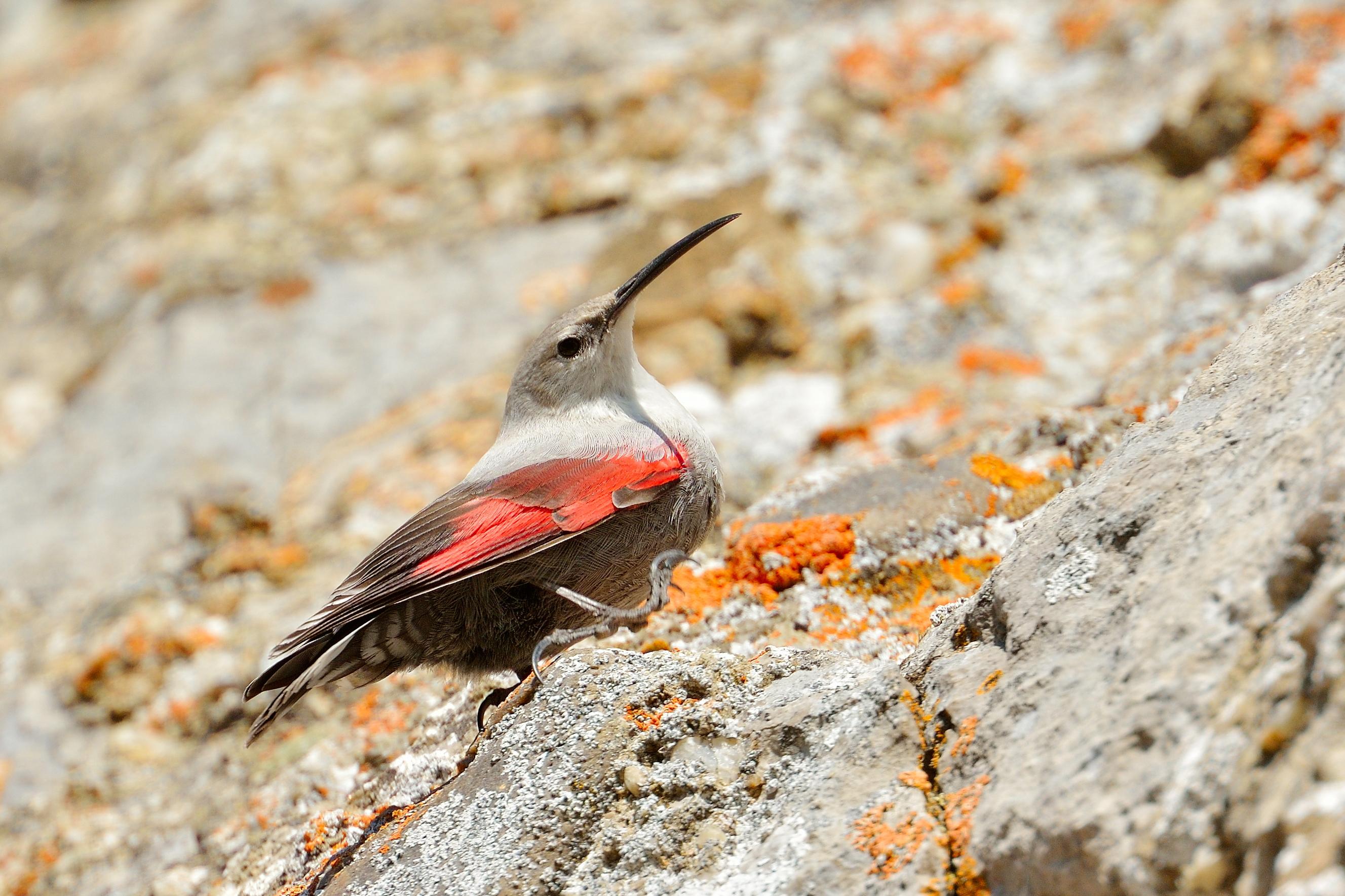
The Wallcreeper is a small, colorful bird known for its ability to scale vertical rock faces. It is often seen in mountainous regions, where it feeds on insects found in crevices and on cliffs. Wallcreepers are often solitary or found in pairs.
- Region of Habitat: Mountainous regions in Europe and Asia, particularly in rocky, high-altitude areas.
- Scientific Name: Tichodroma muraria
- Feeding Habits: Insectivorous, feeding on insects and spiders found in rock crevices.
- What Sound They Make: A soft, trilling call.
Fun Facts
The Wallcreeper is known for its striking appearance, with a mix of red, black, and white feathers, making it one of the most colorful birds in their habitats.
The Wallcreeper is an expert at climbing rock walls, using its strong claws and stiff tail feathers for support.
12. Wheatear
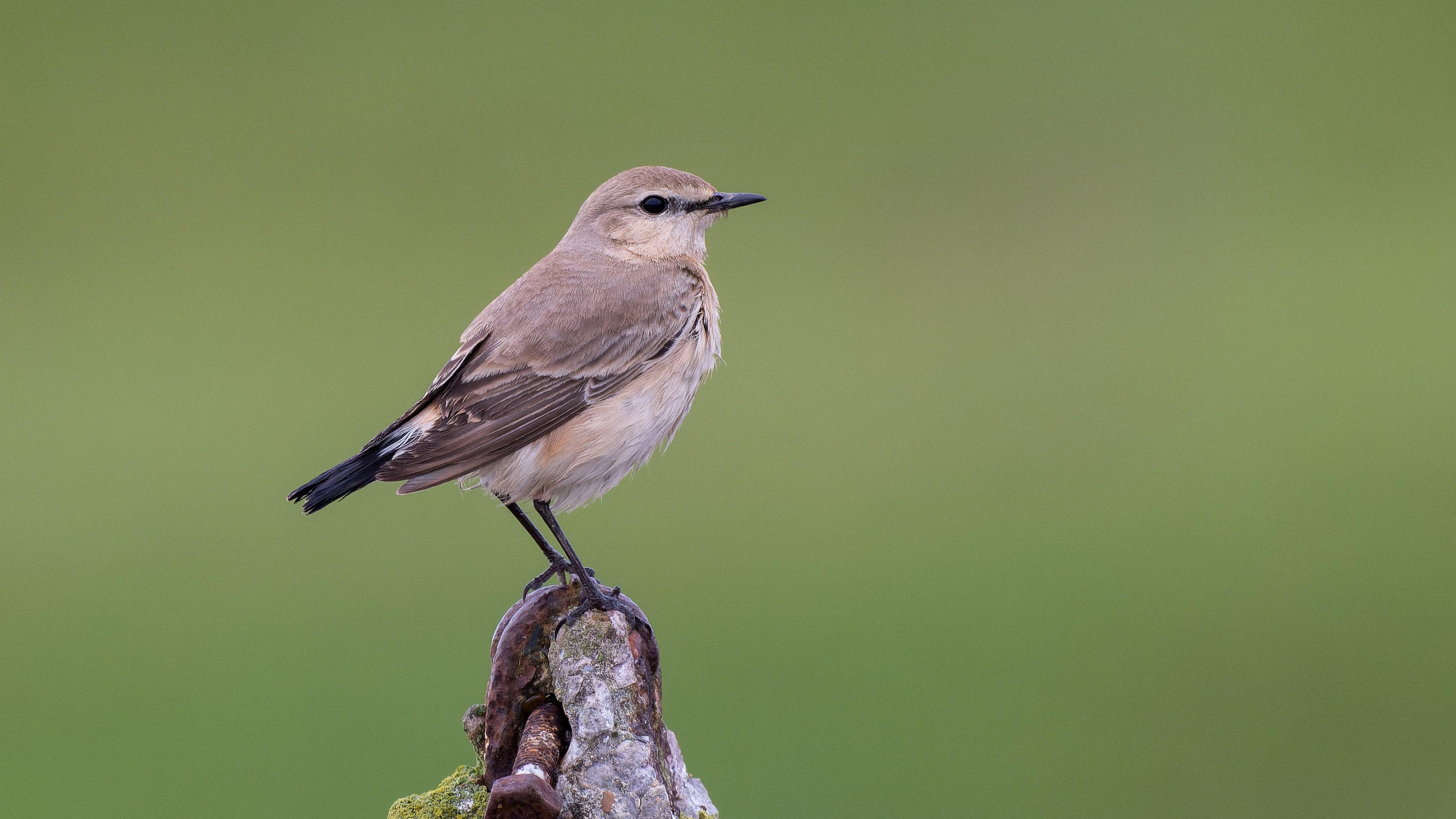
The Wheatear is a small migratory bird with a striking appearance characterized by its pale plumage and dark tail. It is commonly found in open fields, grasslands, and rocky terrains, where it feeds on insects and small invertebrates.
- Region of Habitat: Europe, Asia, and parts of North America, often in rocky or grassy areas.
- Scientific Name: Oenanthe oenanthe
- Feeding Habits: Insectivorous, feeding on beetles, grasshoppers, and other small insects.
- What Sound They Make: A sharp, musical call, often described as “chirrup” or “chirr-chirr.”
- Fun Facts
Wheatears are known for their long migrations, traveling from breeding grounds in Europe to wintering areas in sub-Saharan Africa.
The Wheatear’s flight pattern is fast and direct, often seen darting across fields in search of food.
13. Wryneck
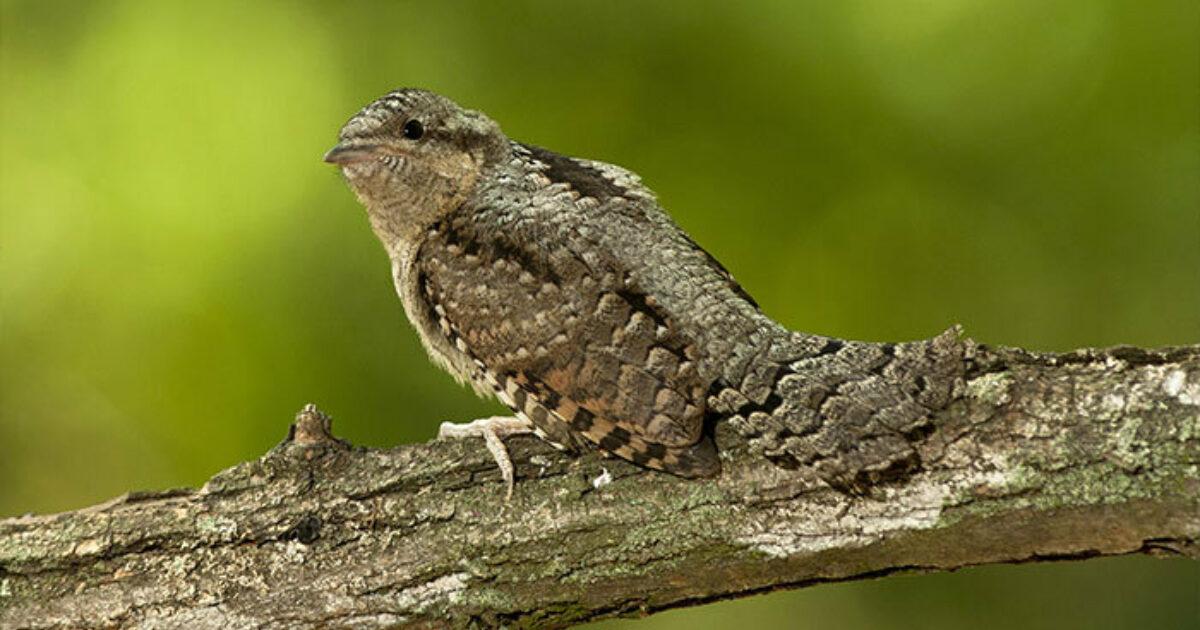
The Wryneck is a small woodpecker-like bird known for its unique behavior of twisting its neck, which gives it a “wry” appearance. It is often found in woodlands, where it feeds on ants and insects.
- Region of Habitat: Europe and parts of Asia, often in forests and wooded areas.
- Scientific Name: Jynx torquilla
- Feeding Habits: Insectivorous, primarily feeding on ants, termites, and other small insects.
- What Sound They Make: A series of dry, rattling calls.
Fun Facts
The Wryneck is famous for its distinctive behavior of twisting its head around as a defensive gesture when threatened.
Similar to other woodpecker species, these birds are also known for their ability to “drum” on tree trunks.
14. Woodhen
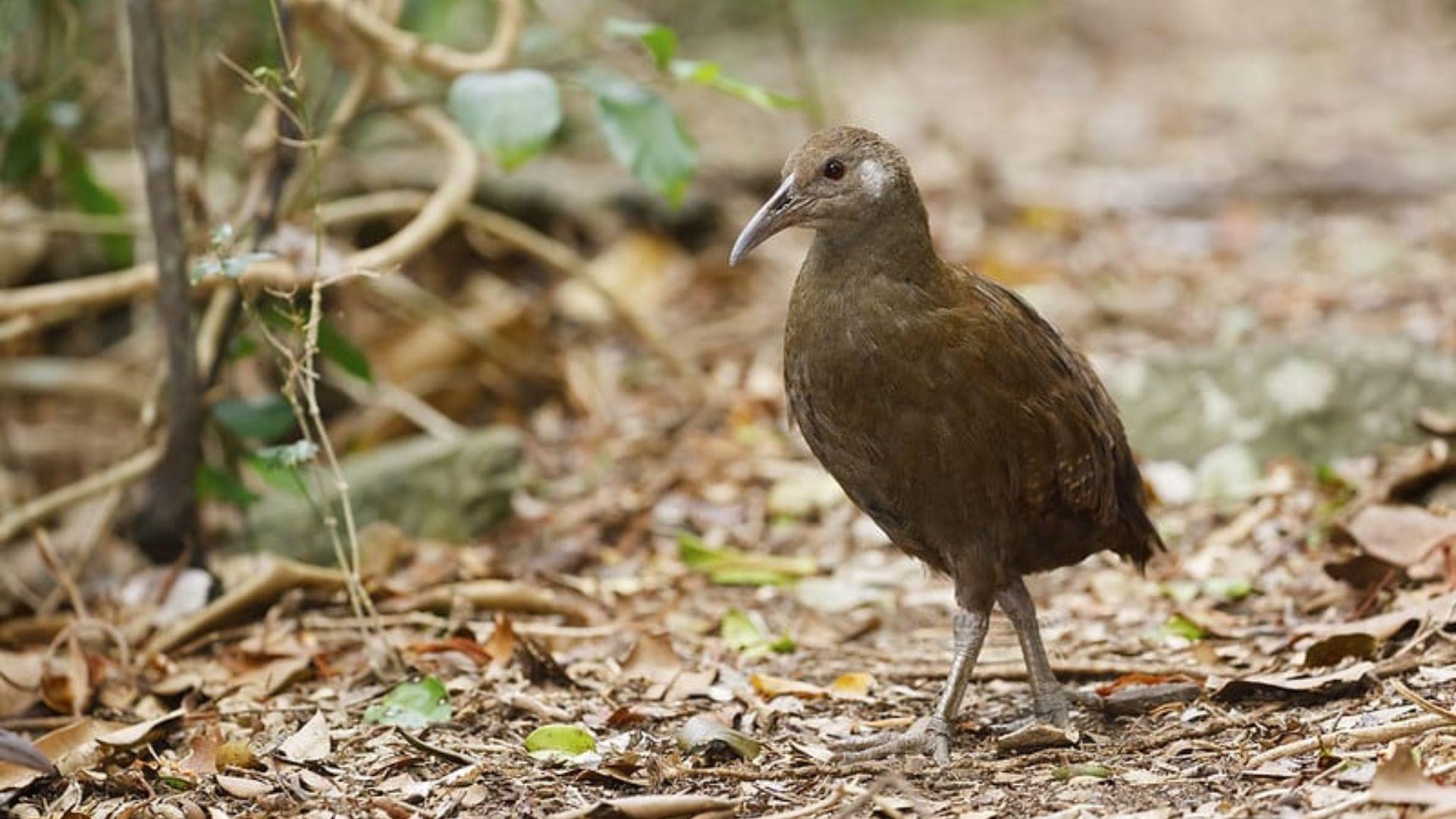
The Woodhen is a flightless bird found primarily on Lord Howe Island. It is an endangered species that often inhabits forests and grasslands. Despite its inability to fly, it is a strong runner.
- Region of Habitat: Lord Howe Island, located off the coast of Australia.
- Scientific Name: Tricholimnas novaeseelandiae
- Feeding Habits: Omnivorous, feeding on seeds, insects, and small invertebrates.
- What Sound They Make: A soft, clucking call.
Fun Facts
The Woodhen is a flightless bird, relying on its strong legs for running and evading predators.
It is an endangered species, with efforts being made to conserve its remaining population on Lord Howe Island.
15. Waterthrush
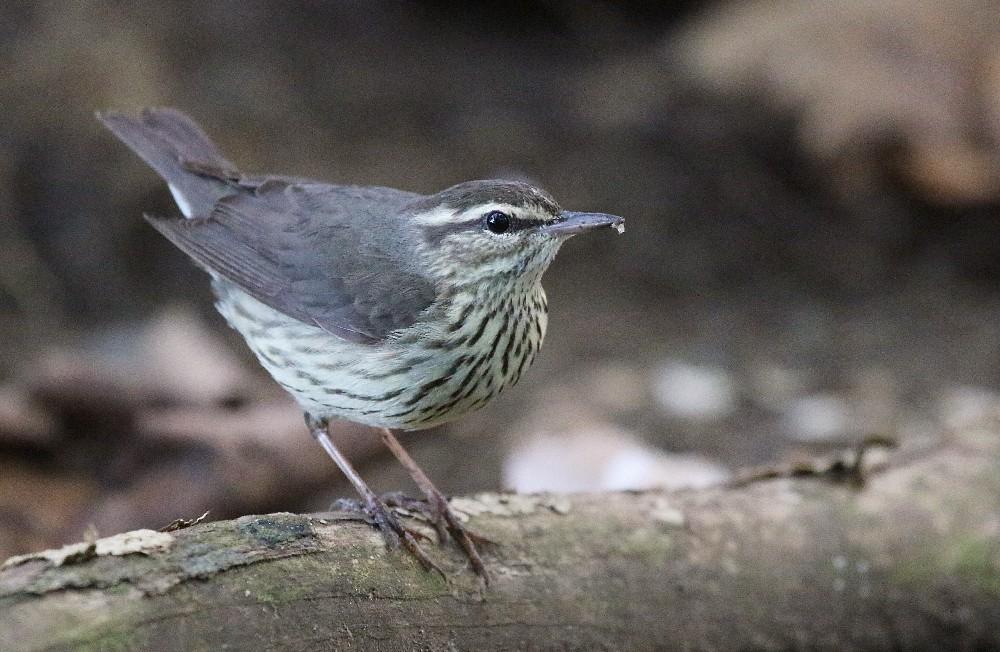
The Waterthrush is a small, active bird that is often found near streams, wetlands, and marshy areas. It has a distinctive, tail-wagging behavior and feeds on aquatic insects and small invertebrates.
- Region of Habitat: North America, particularly in wetland and streamside habitats.
- Scientific Name: Parkesia noveboracensis (Northern Waterthrush)
- Feeding Habits: Insectivorous, feeding on insects and small aquatic invertebrates.
- What Sound They Make: A sharp, high-pitched “chewee” call.
- Fun Facts
The Waterthrush’s unique behavior is wagging its tail as it searches for food along the water’s edge.
These birds are excellent swimmers and are often seen foraging for insects in shallow streams.
16. Whiteface
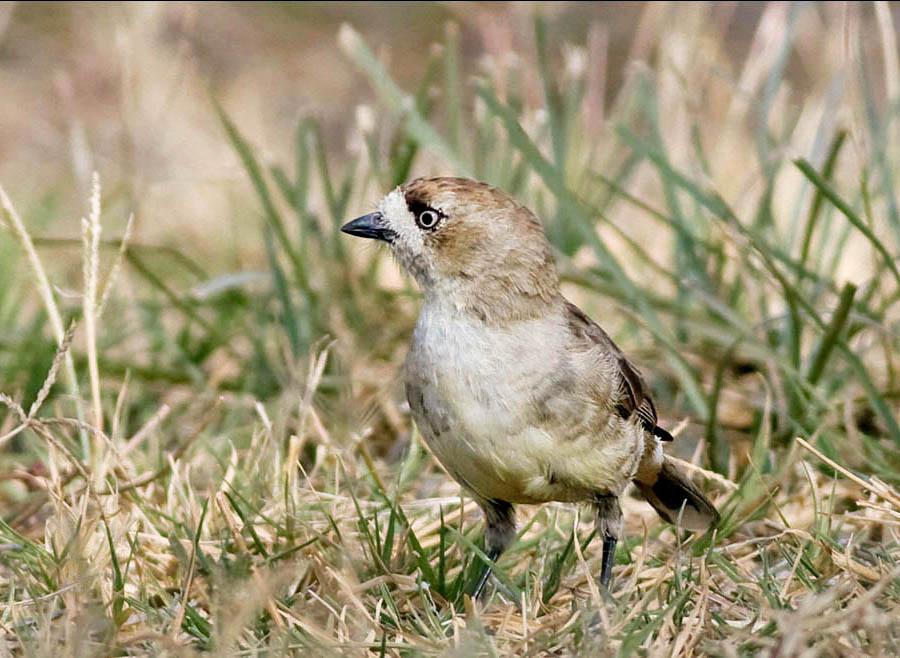
The Whiteface is a species of whistling duck known for its striking white facial markings. It is often found in wetland habitats, where it feeds on aquatic plants and small invertebrates.
- Region of Habitat: Found in sub-Saharan Africa, particularly in wetlands and marshes.
- Scientific Name: Dendrocygna viduata (White-faced Whistling Duck)
- Feeding Habits: Primarily herbivorous, feeding on aquatic plants, seeds, and small invertebrates.
- What Sound They Make: A high-pitched, whistling call.
- Fun Facts
The Whiteface is named for its distinct white facial markings, which make it easily identifiable among other ducks.
These ducks are social birds and are often seen in groups, especially during migration.
17. Whistling-Duck
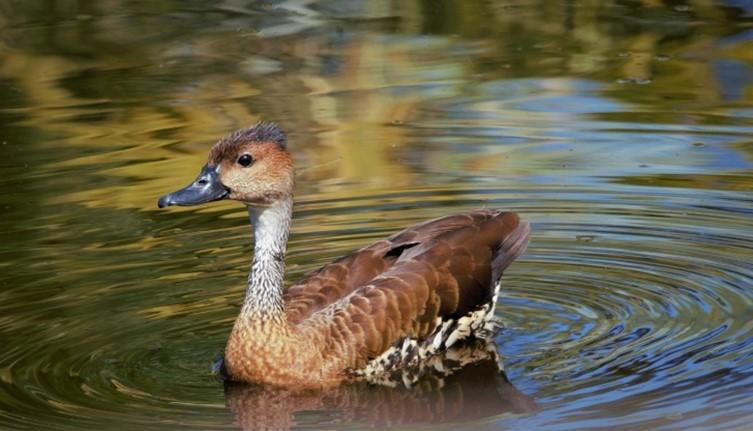
Whistling ducks are medium-sized waterfowl known for their distinctive, soft whistling calls. They are commonly found in wetlands and are often seen in small flocks, feeding on seeds and aquatic plants.
-
Region of Habitat: Central and South America, found in wetlands, marshes, and coastal areas.
-
Scientific Name: Dendrocygna species (e.g., Dendrocygna autumnalis – Black-bellied Whistling-Duck)
-
Feeding Habits: Herbivorous, feeding on seeds, roots, and aquatic plants.
-
What Sound They Make: A series of soft, whistling calls.
Fun Facts
Whistling ducks are often found in small groups and are known for their distinctive whistling calls, which they use to communicate.
Unlike most ducks, whistling ducks have a more upright posture and are often seen perching on trees or shrubs near water.
18. Woodswallow
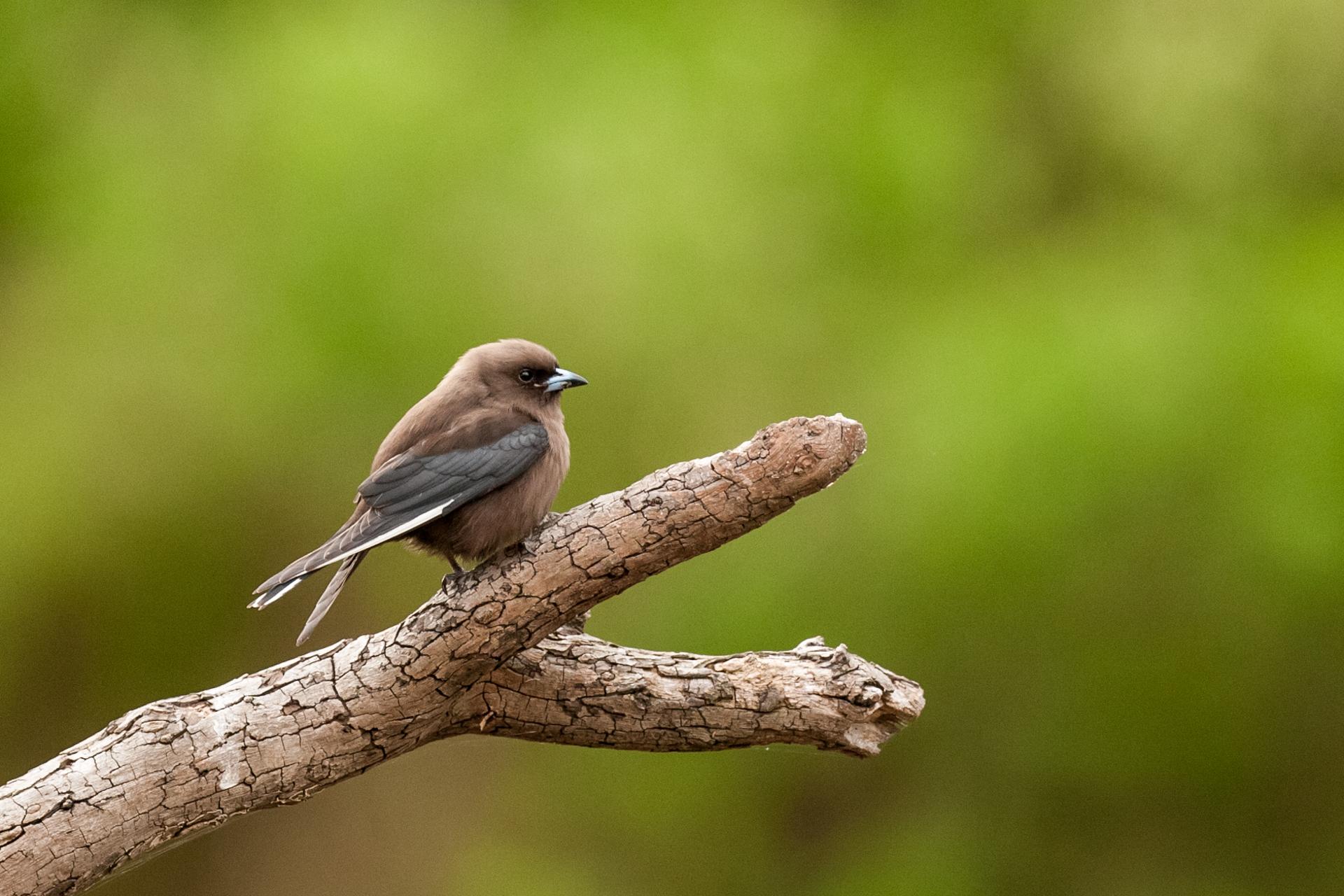
Woodswallows are medium-sized birds known for their characteristic swallow-like flight patterns. They are often found in open woodlands and are insectivorous, feeding on flying insects.
- Region of Habitat: Found across Australia and parts of Southeast Asia, typically in open woodlands.
- Scientific Name: Artamus species (e.g., Artamus cyanopterus – White-breasted Woodswallow)
- Feeding Habits: Insectivorous, feeding on flying insects.
- What Sound They Make: A soft, twittering call.
Fun Facts
Woodswallows are often seen in large flocks, swooping and catching insects in mid-air.
These highly social birds often nest in colonies, building their nests in hollow trees or cliffs.
19. Wagtail
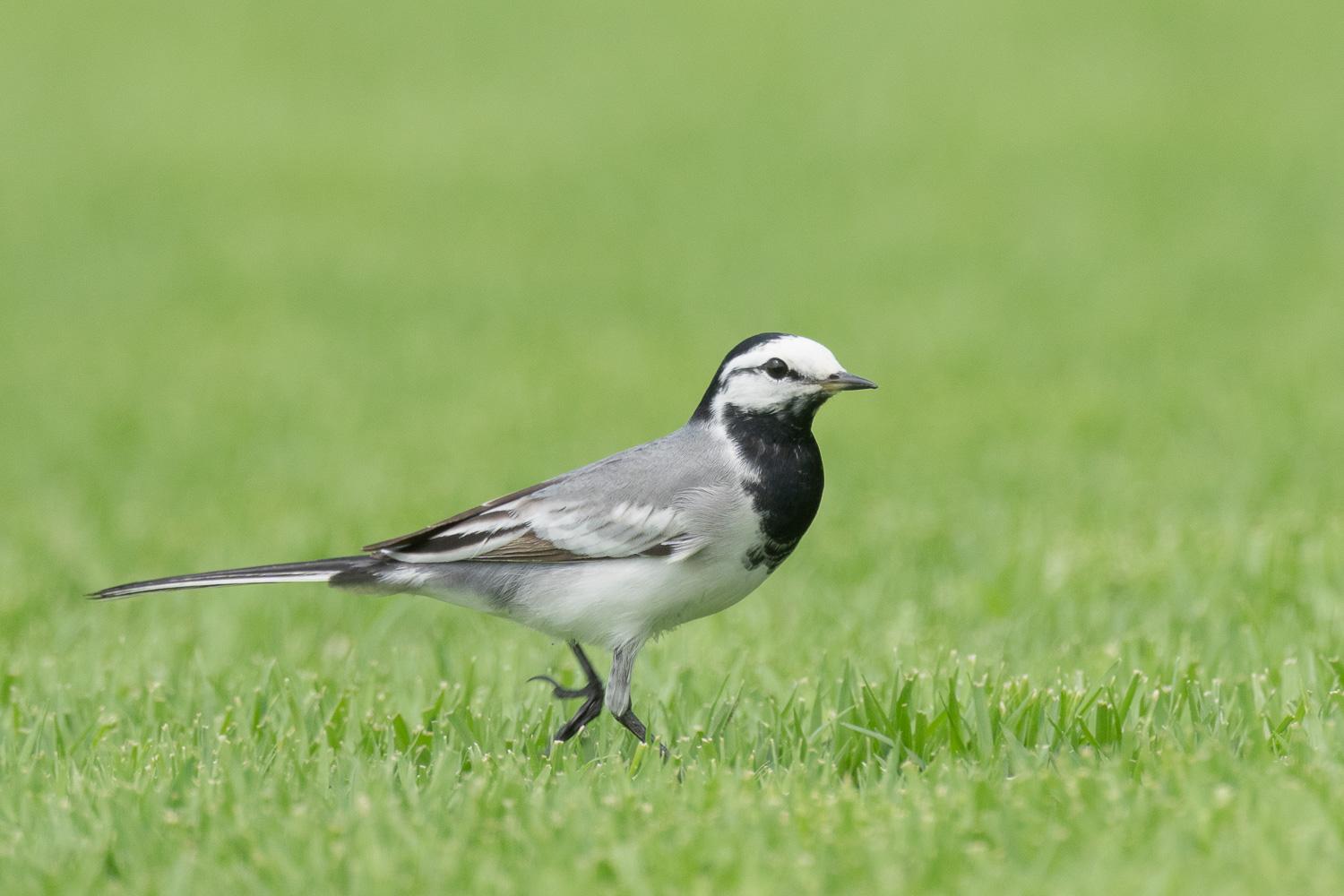
Wagtails are small, slender birds that are known for their constant tail-wagging behavior. They are often found in open areas near water, where they feed on insects and small invertebrates.
- Region of Habitat: Found across Europe, Asia, and Africa, often in wetlands and grassy areas.
- Scientific Name: Motacilla species (e.g., Motacilla alba – White Wagtail)
- Feeding Habits: Insectivorous, feeding on insects, worms, and small invertebrates.
- What Sound They Make: A soft, high-pitched “tsee-tsee” call.
Fun Facts
Wagtails are known for their distinctive tail-wagging behavior, where they constantly flick their tails up and down while foraging.
These birds are often seen in pairs during the breeding season, but in winter, they form larger, mixed-species flocks.
20. Woodlark
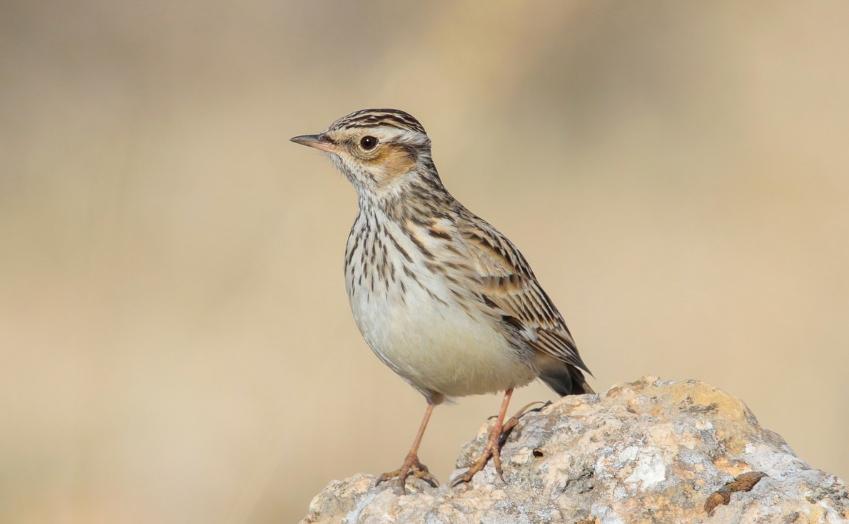
The Woodlark is a small, sparrow-like bird found in woodlands and forest edges. Its melodious song makes it often heard during the breeding season. The woodlark feeds on seeds and insects found on the ground.
- Region of Habitat: Europe and parts of Asia, particularly in woodlands and heathland areas.
- Scientific Name: Lullula arborea
- Feeding Habits: Insectivorous and granivorous, feeding on seeds, insects, and small invertebrates.
- What Sound They Make: A sweet, melodic song, often described as “trilling.”
- Fun Facts
The Woodlark’s song is one of the most melodic of any European lark, often heard from a perch or during flight.
Unlike many other larks, Woodlarks prefer to stay in forests and woodland edges rather than open fields.
More Birds that Start with the Letter “W”
21. White-throat (White-throated Sparrow)
22. Weka
23. White-bellied Woodstar
24. Wattlebird
25. Weaver
26. Whydah
27. Woodnymph
28. White-eye
29. Warbler
30. Woodrail
31. White-fronted Goose
32. Whooper Swan
33. White-tailed Eagle
34. White-winged Dove
35. White-breasted Nuthatch
36. White-collared Swift
37. White-rumped Shama
38. White-bellied Sea Eagle
39. White-cheeked Turaco
40. White-crowned Sparrow
41. White-headed Duck
42. White-necked Raven
43. White-tailed Kite
44. White-throated Dipper
45. White-winged Tern
46. Wild Turkey
47. Wilson’s Snipe
Summing It Up
The world of birds with W offers a wonderful glimpse into nature’s diversity. From the whistling calls of the Whip-poor-will to the acrobatic climbing of Woodpeckers, these birds bring joy and wonder to our surroundings.
Each species has adapted perfectly to its habitat, making homes in forests, wading along shorelines, or soaring through open skies. Learning about these birds helps people better understand and appreciate the natural world.
Next time you’re outdoors, keep your eyes and ears open for these W-named birds – you might spot a Warbler flitting through trees or hear a Wren’s surprisingly loud song. Which of these birds would you most like to see in the wild?
The beauty and behaviors of these feathered friends make birdwatching an exciting and rewarding hobby!
If you’re interested in more informative animal and wildlife content, feel free to click here and explore other blogs that you might enjoy!




